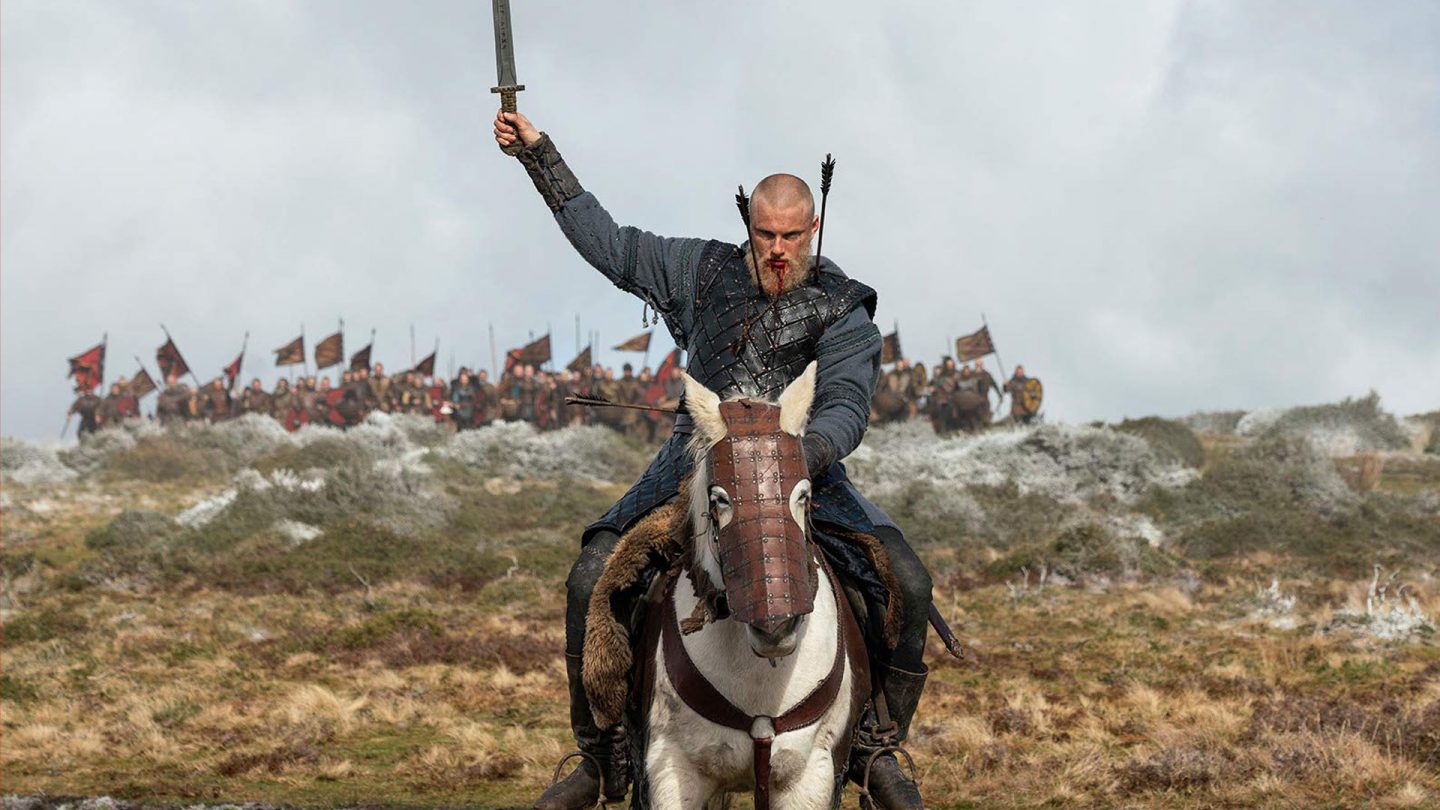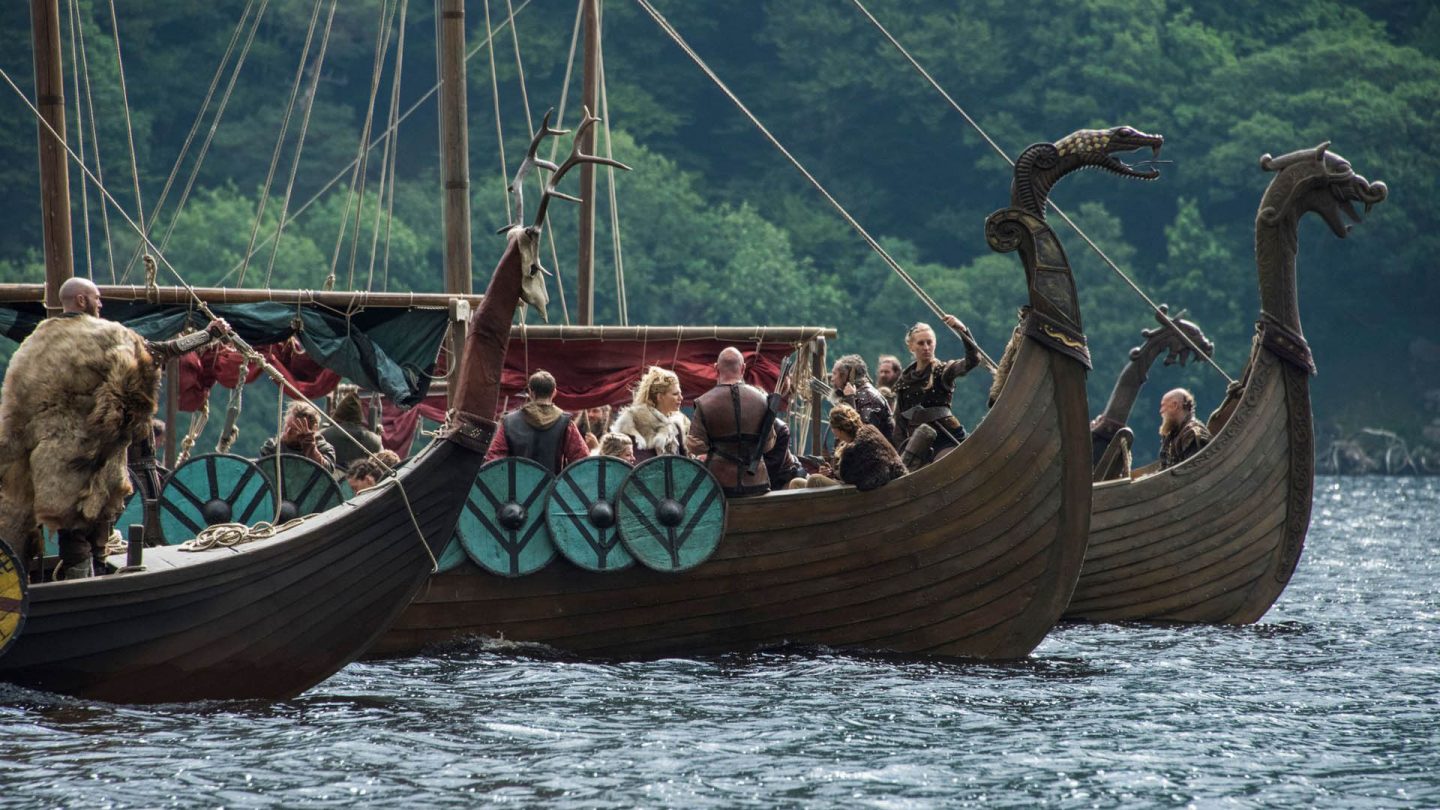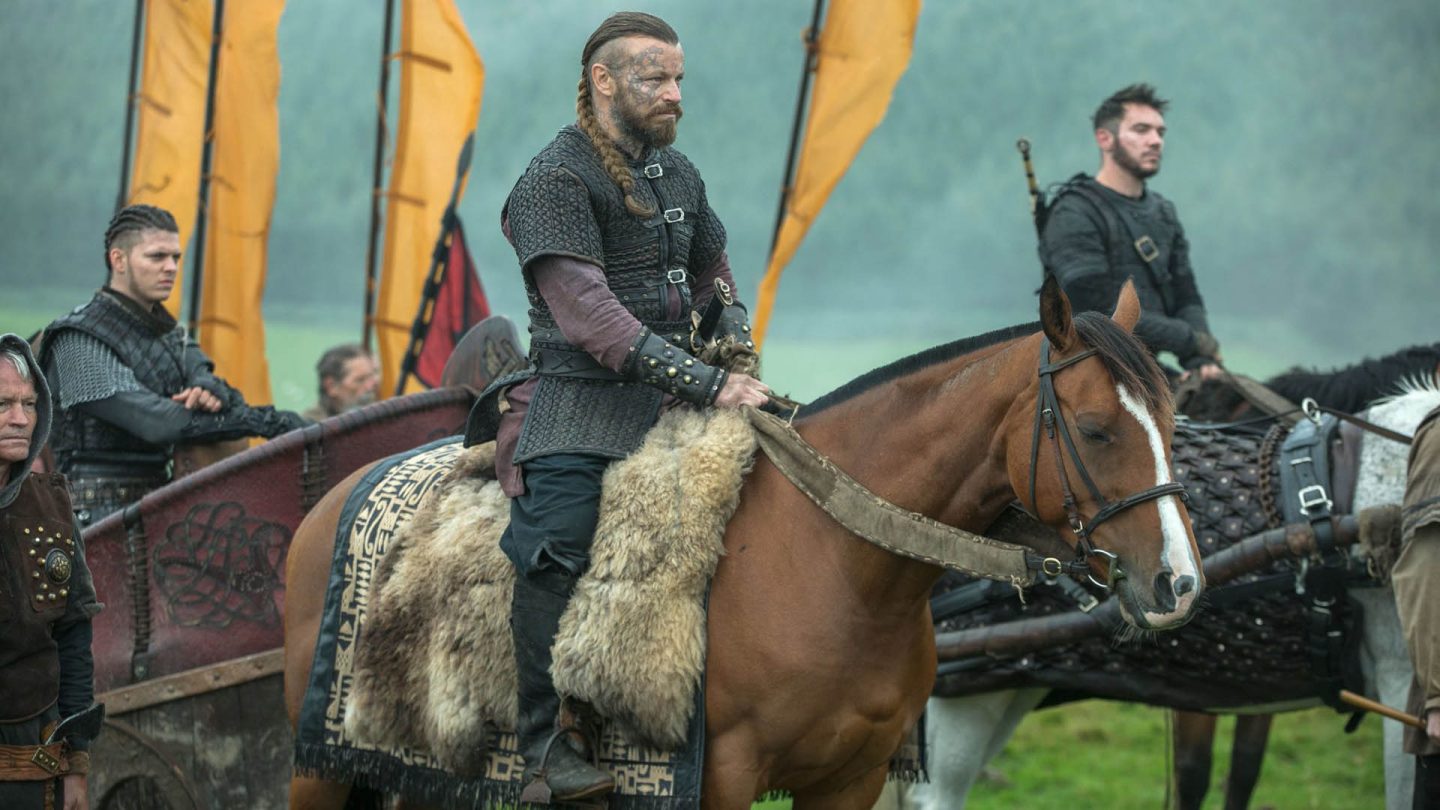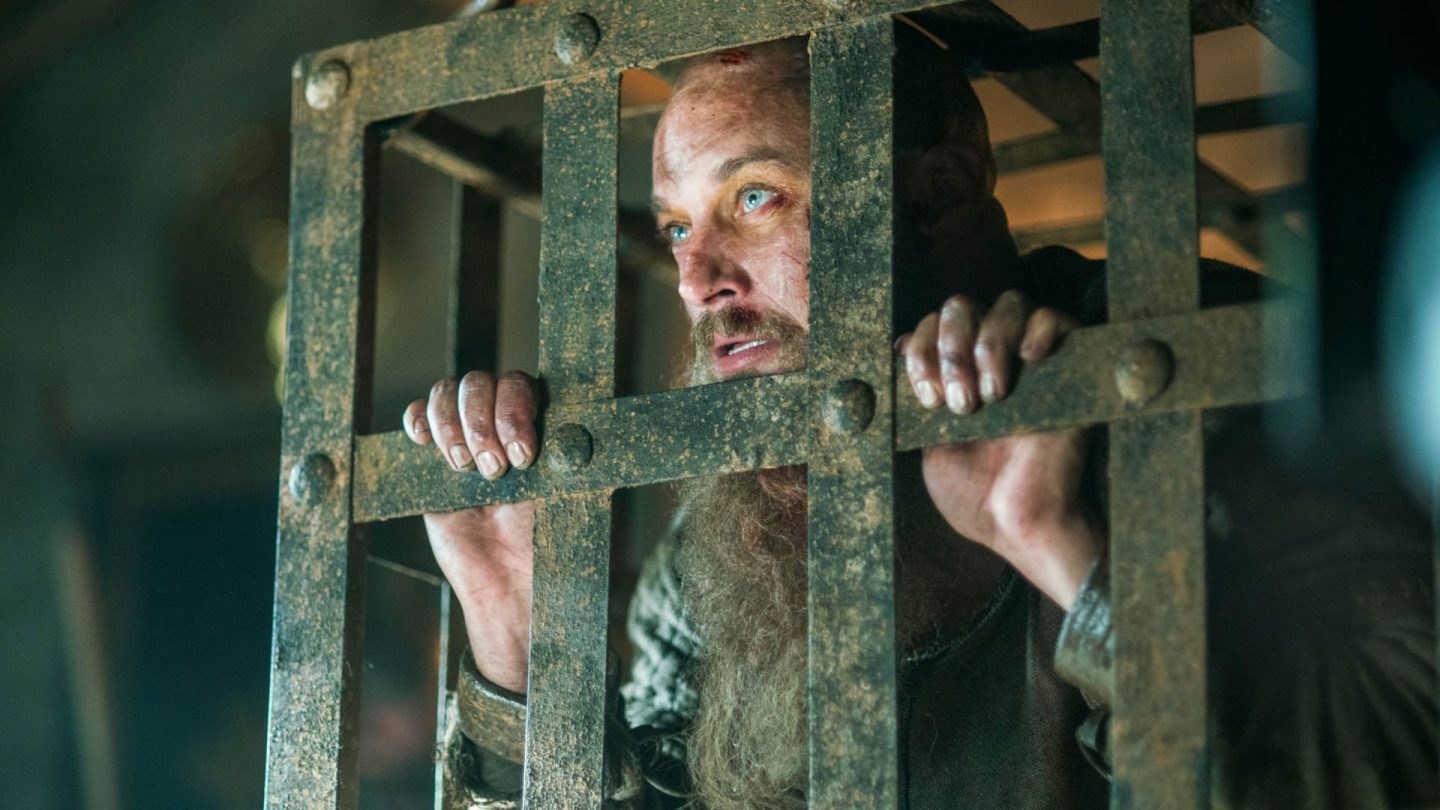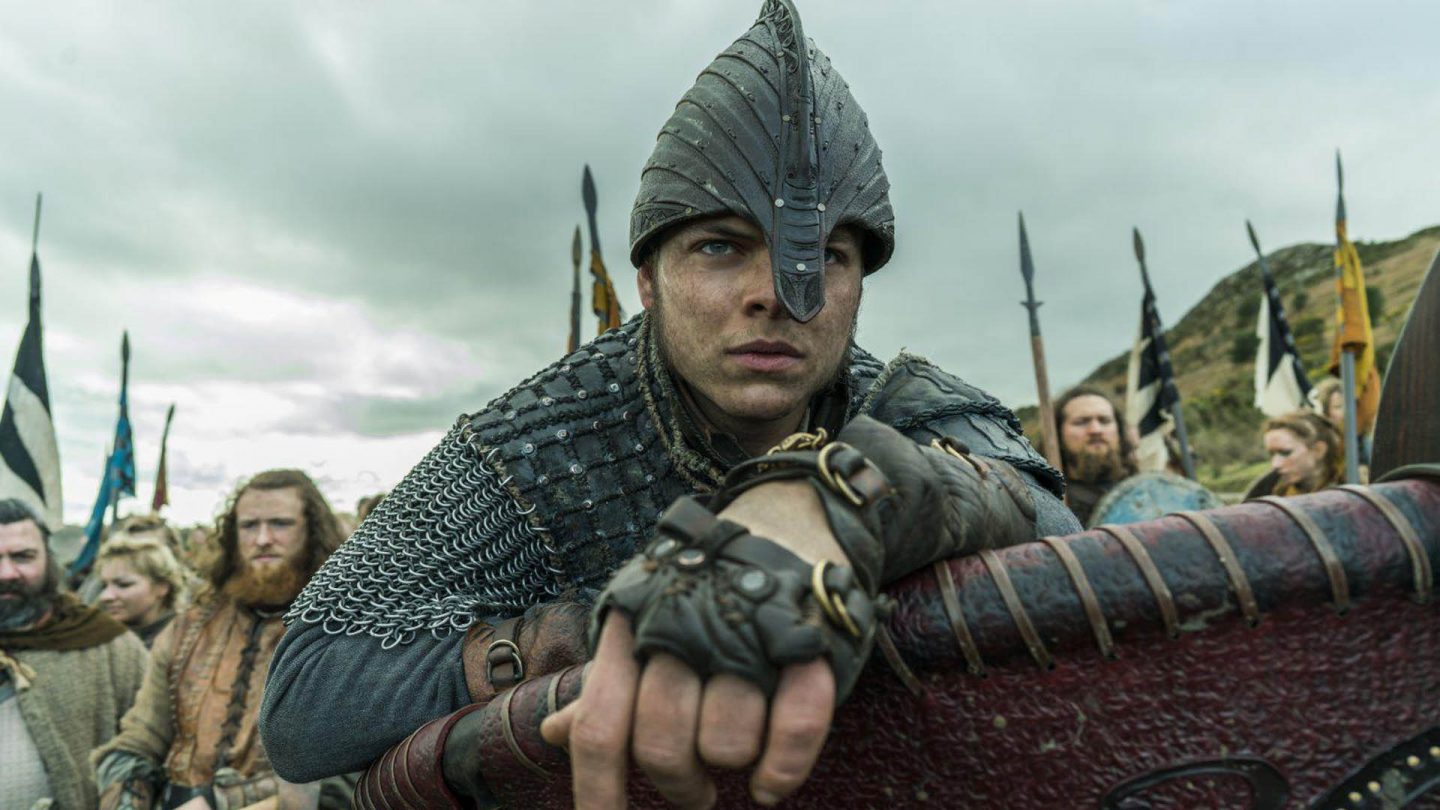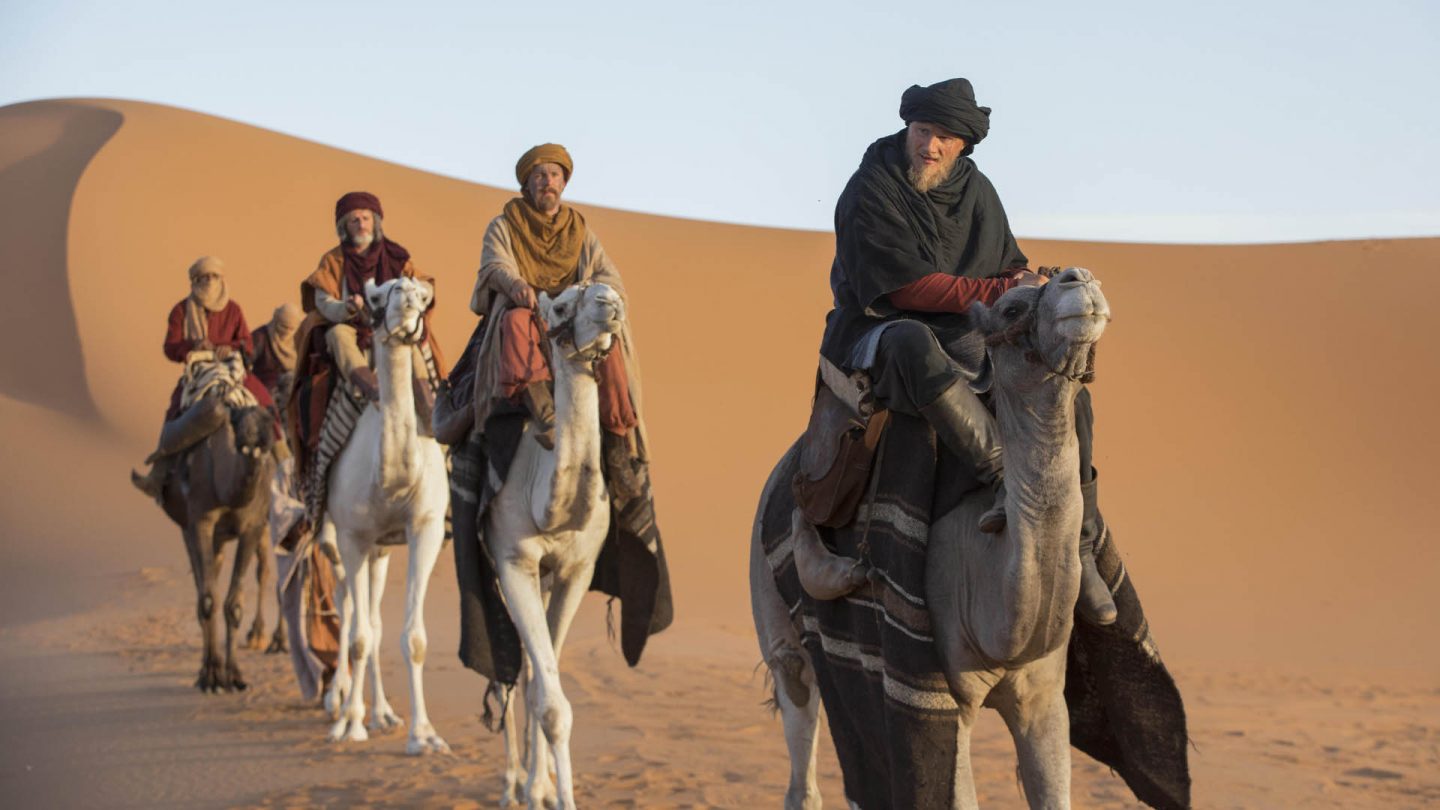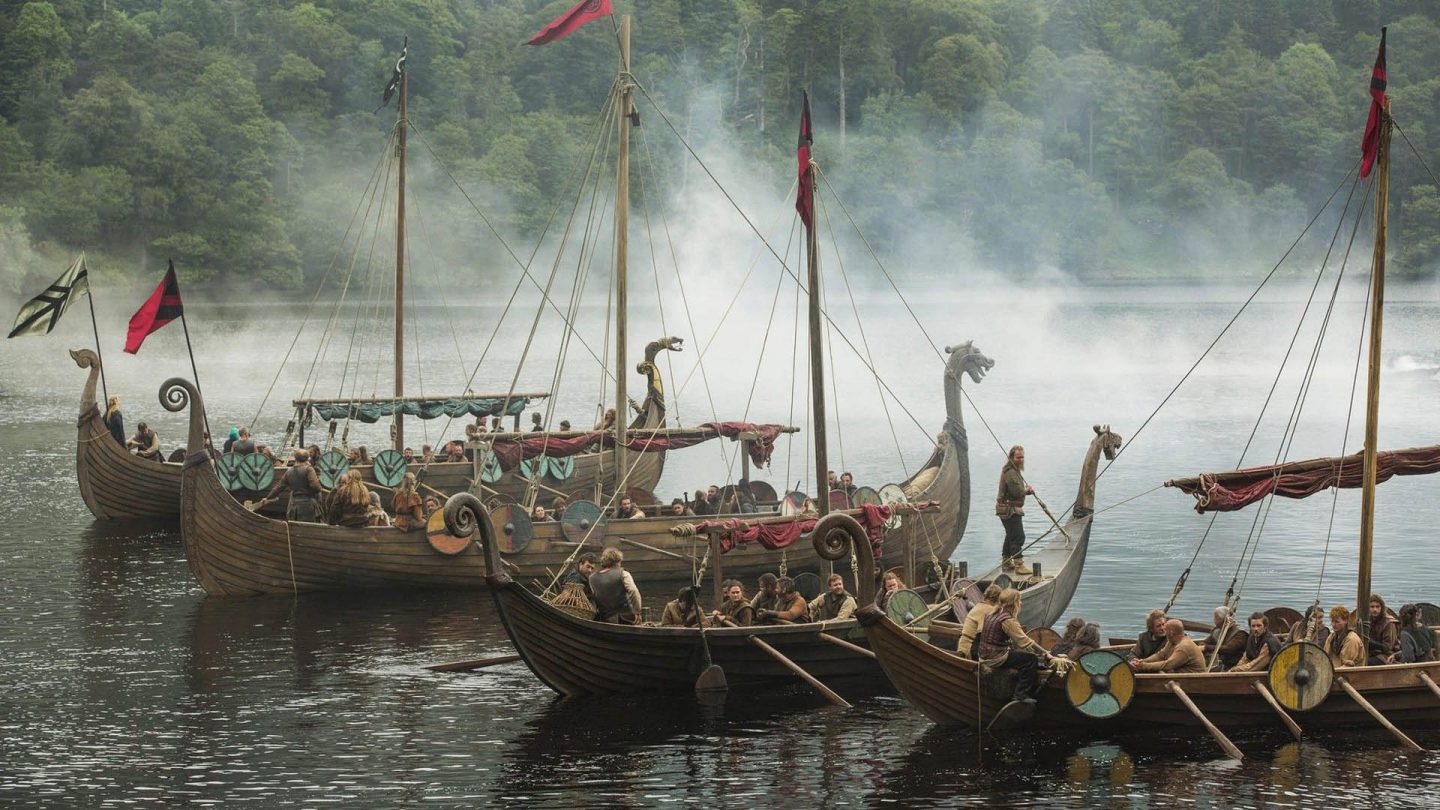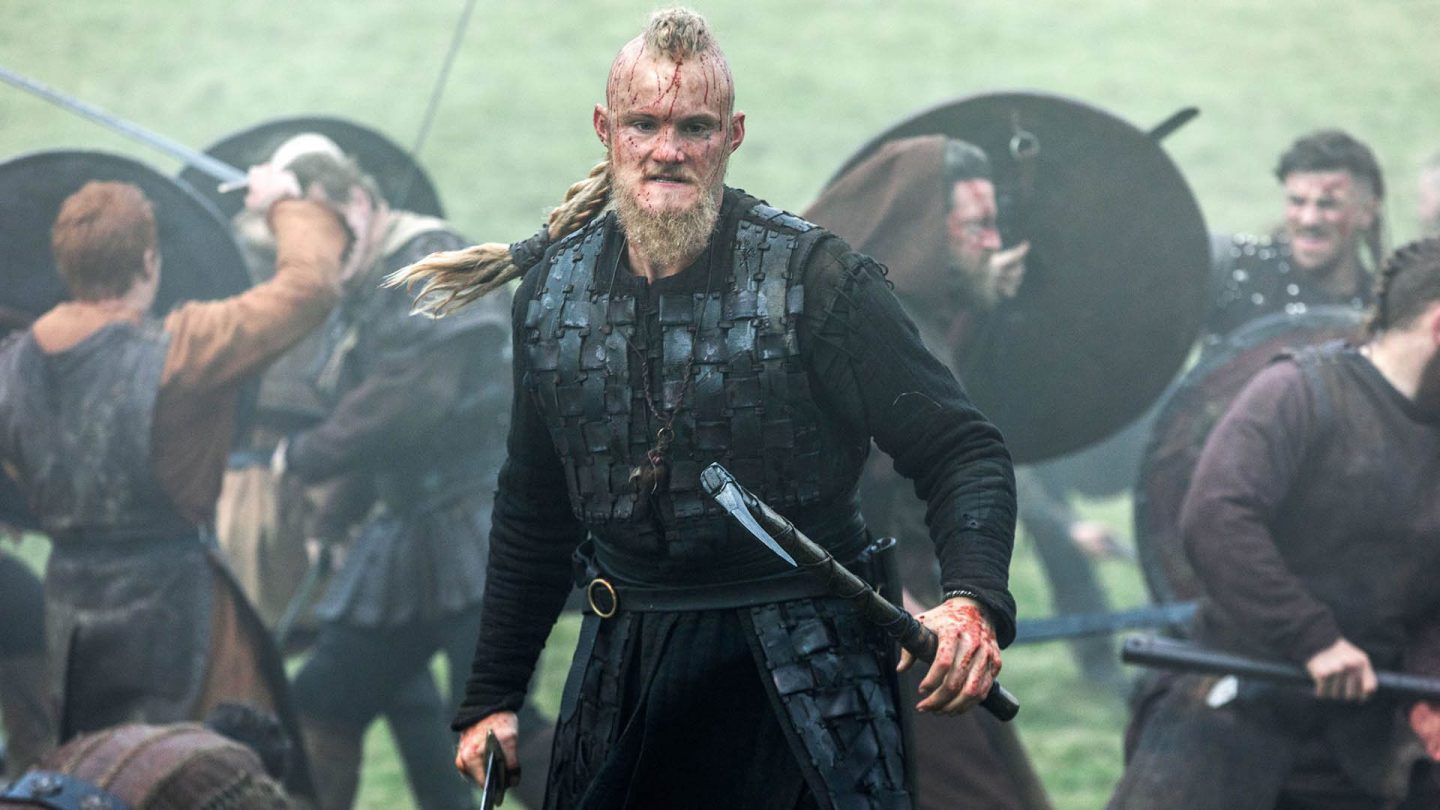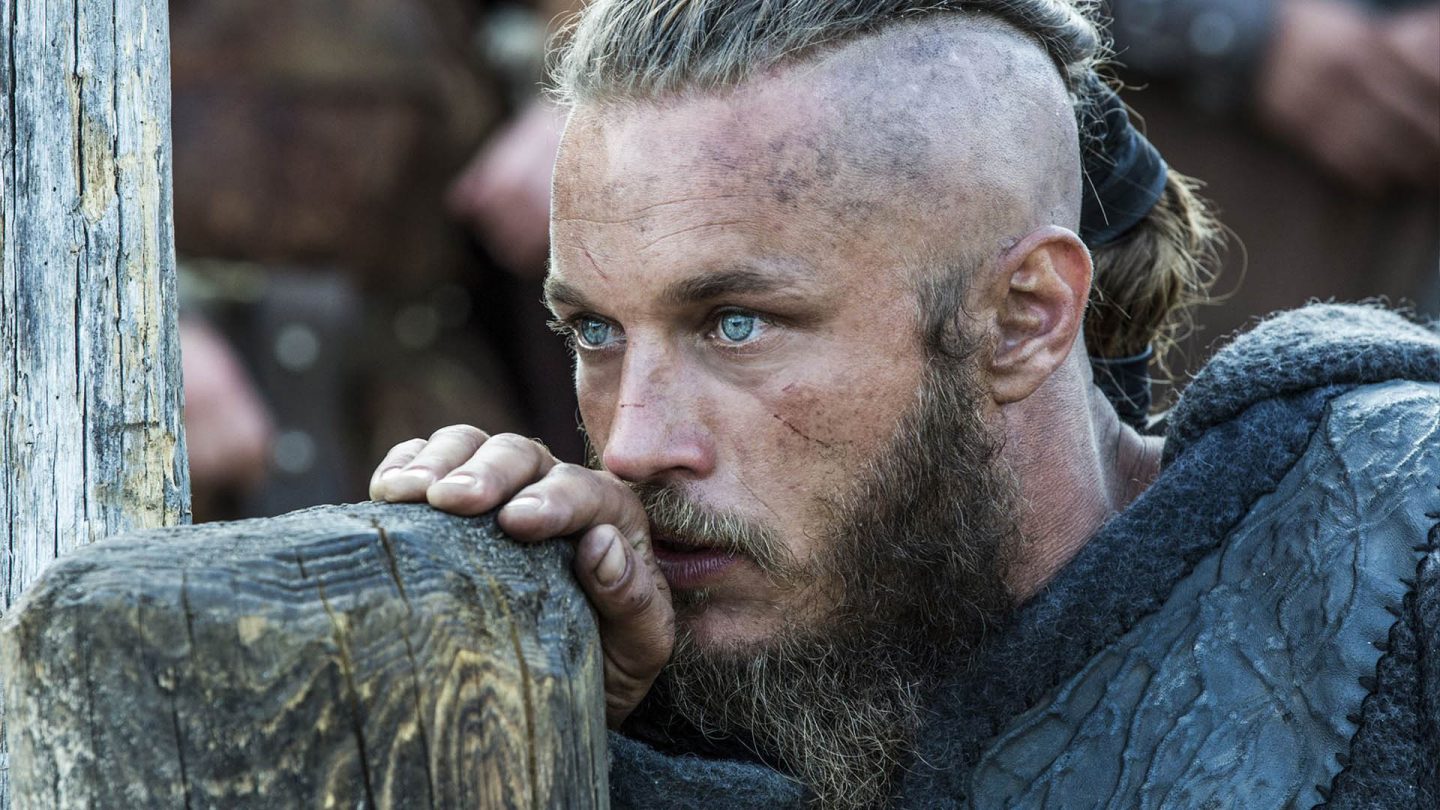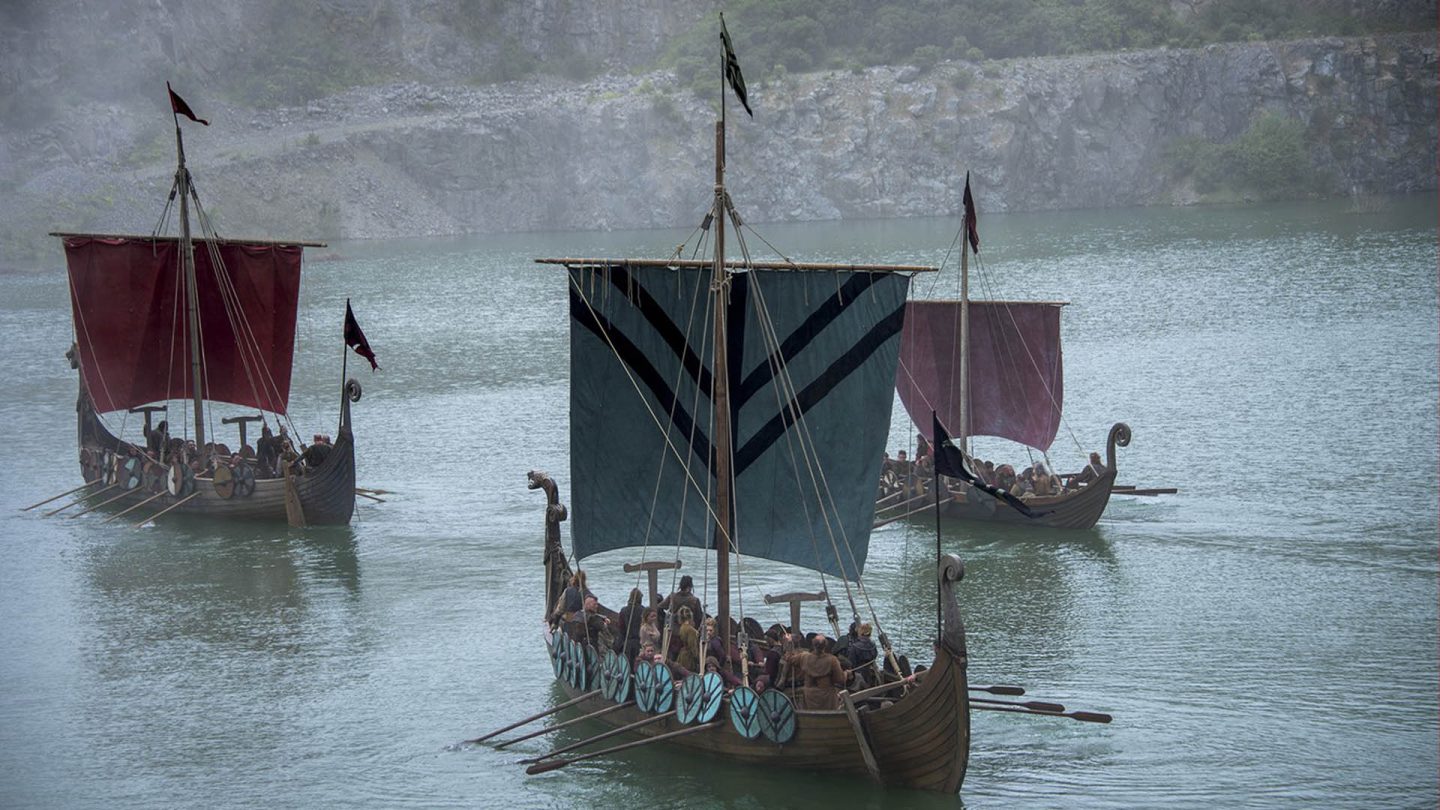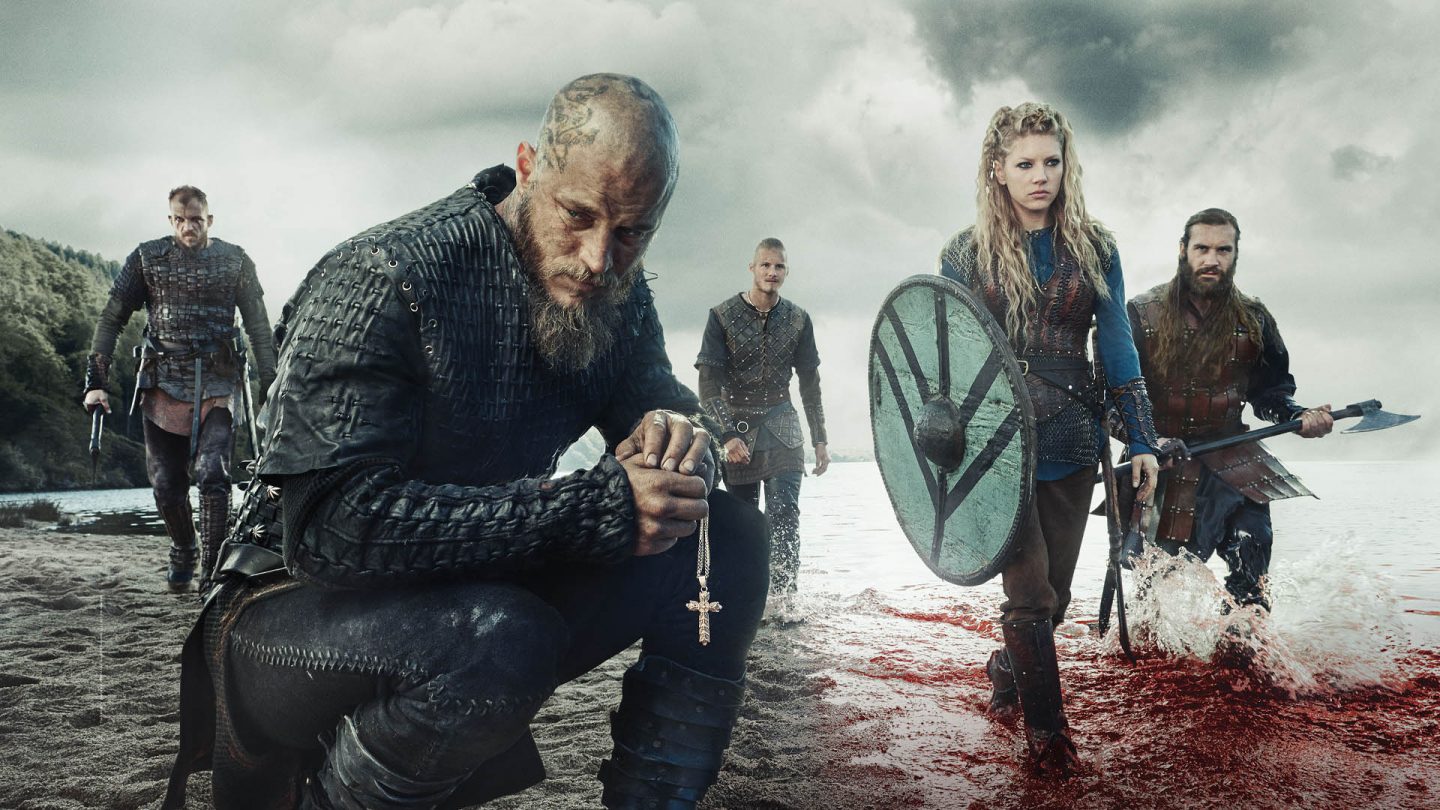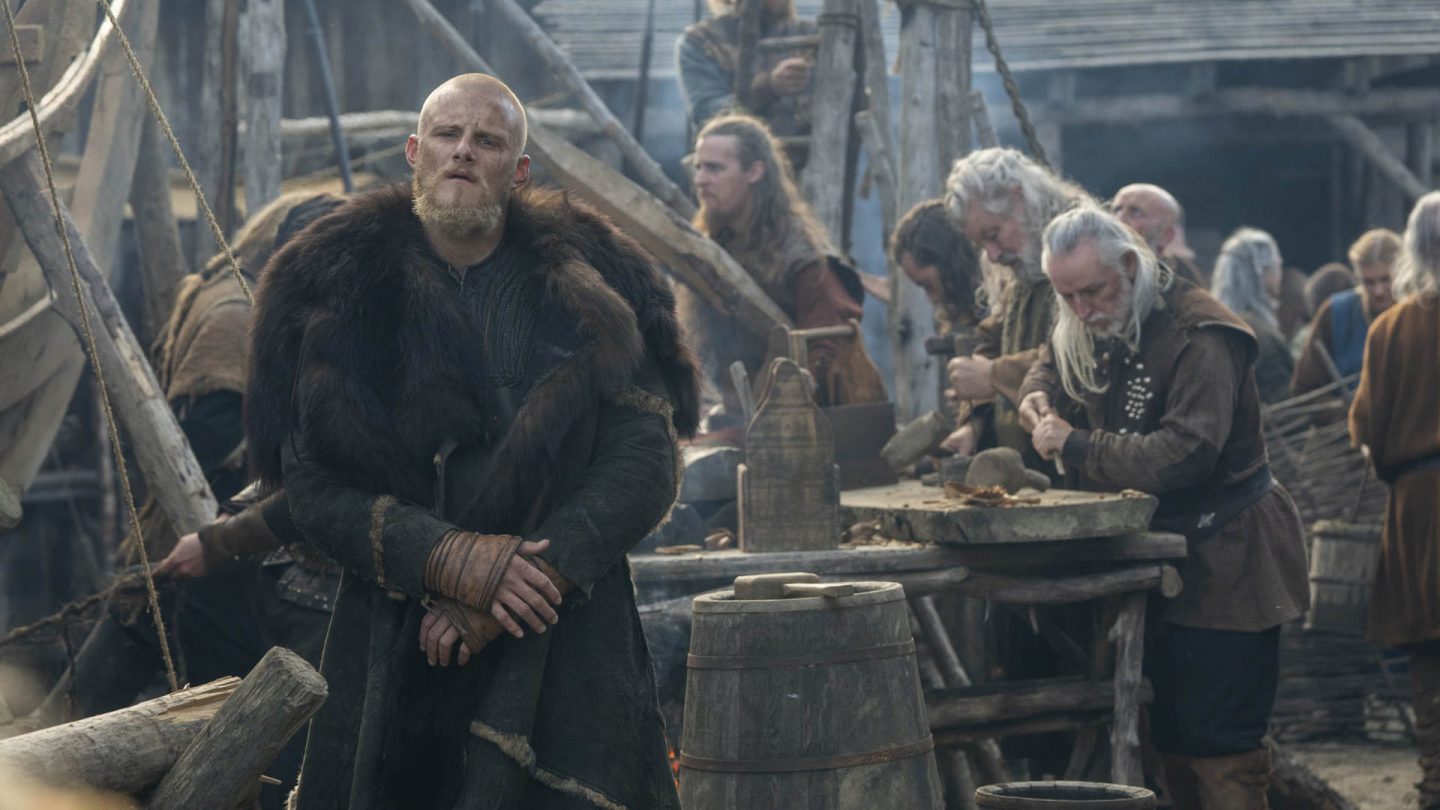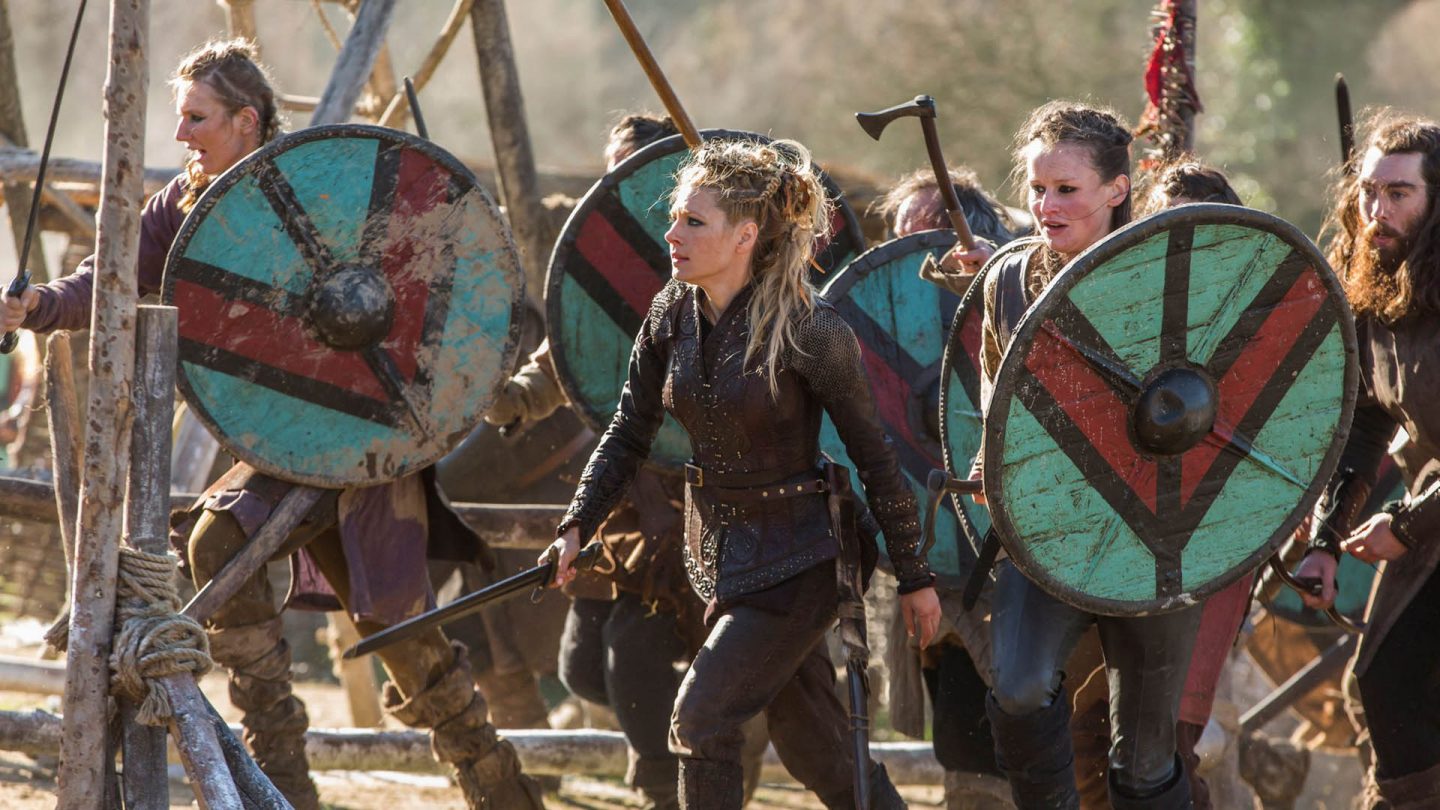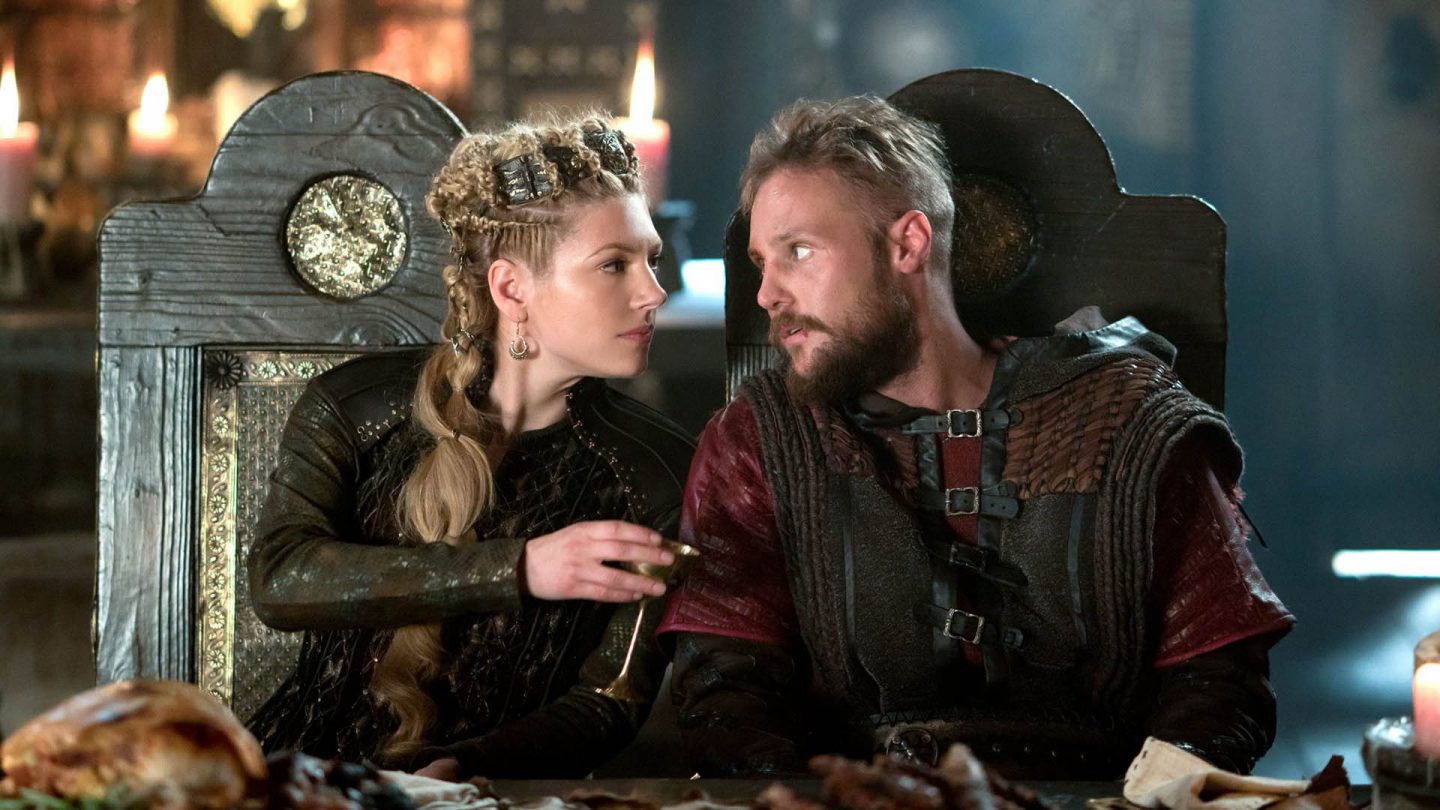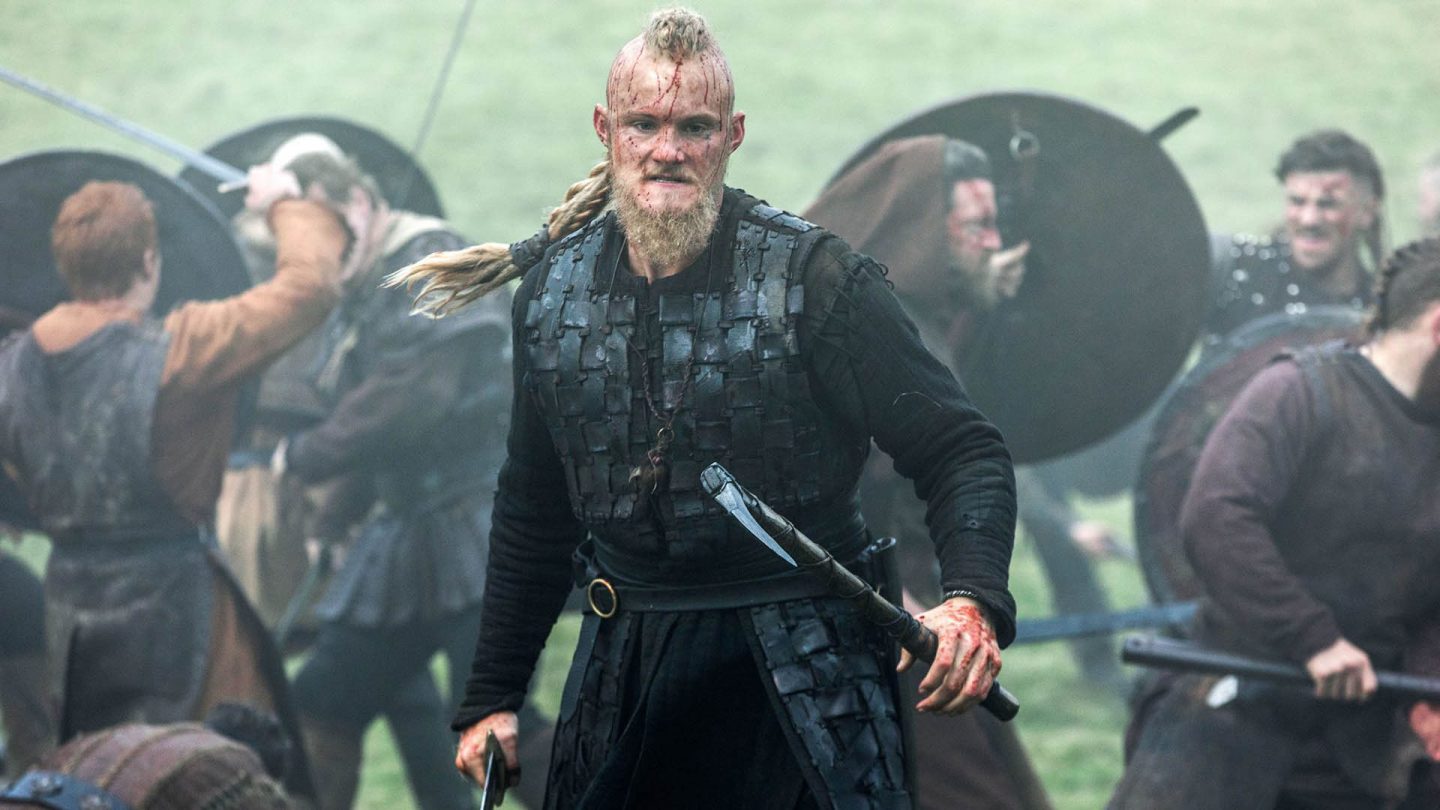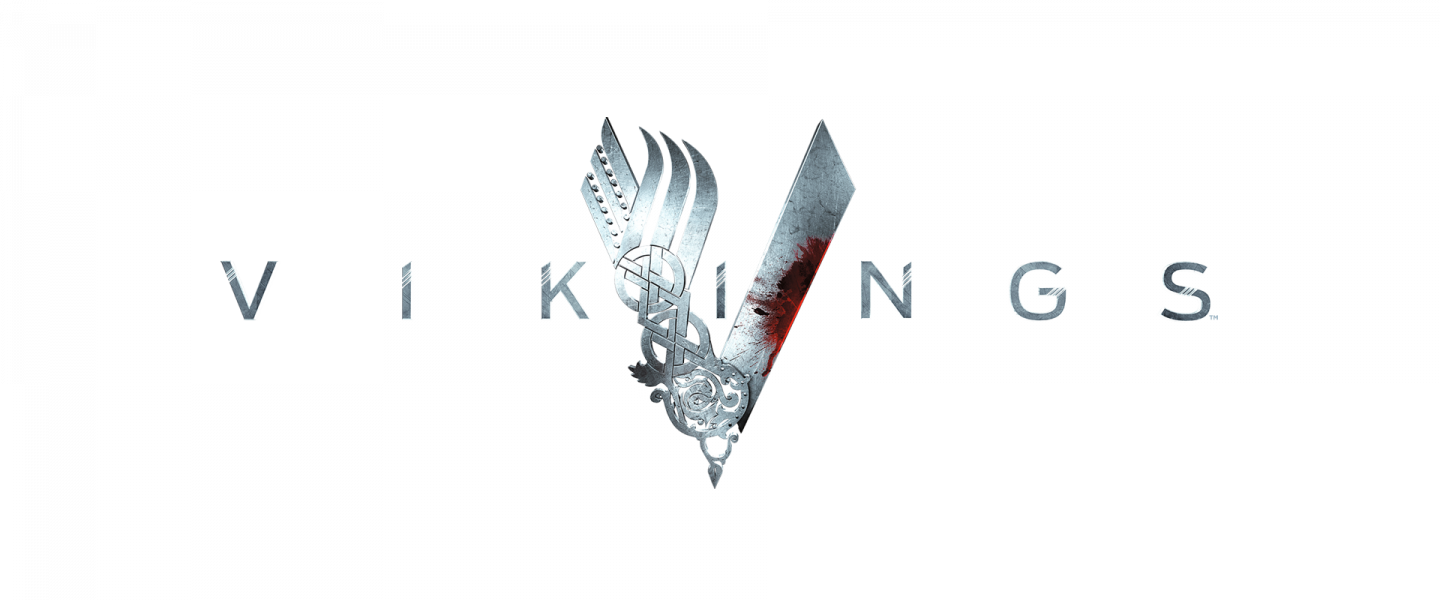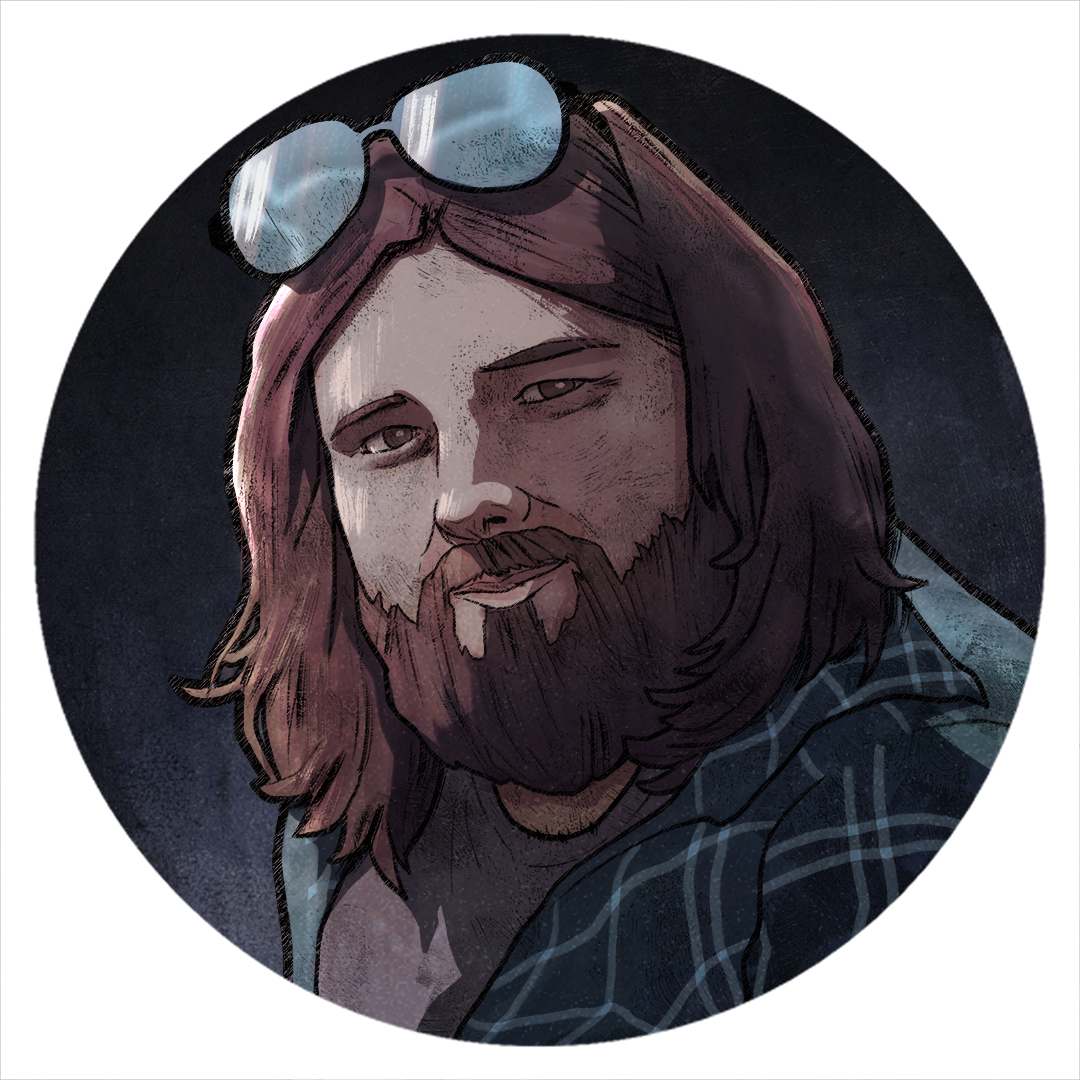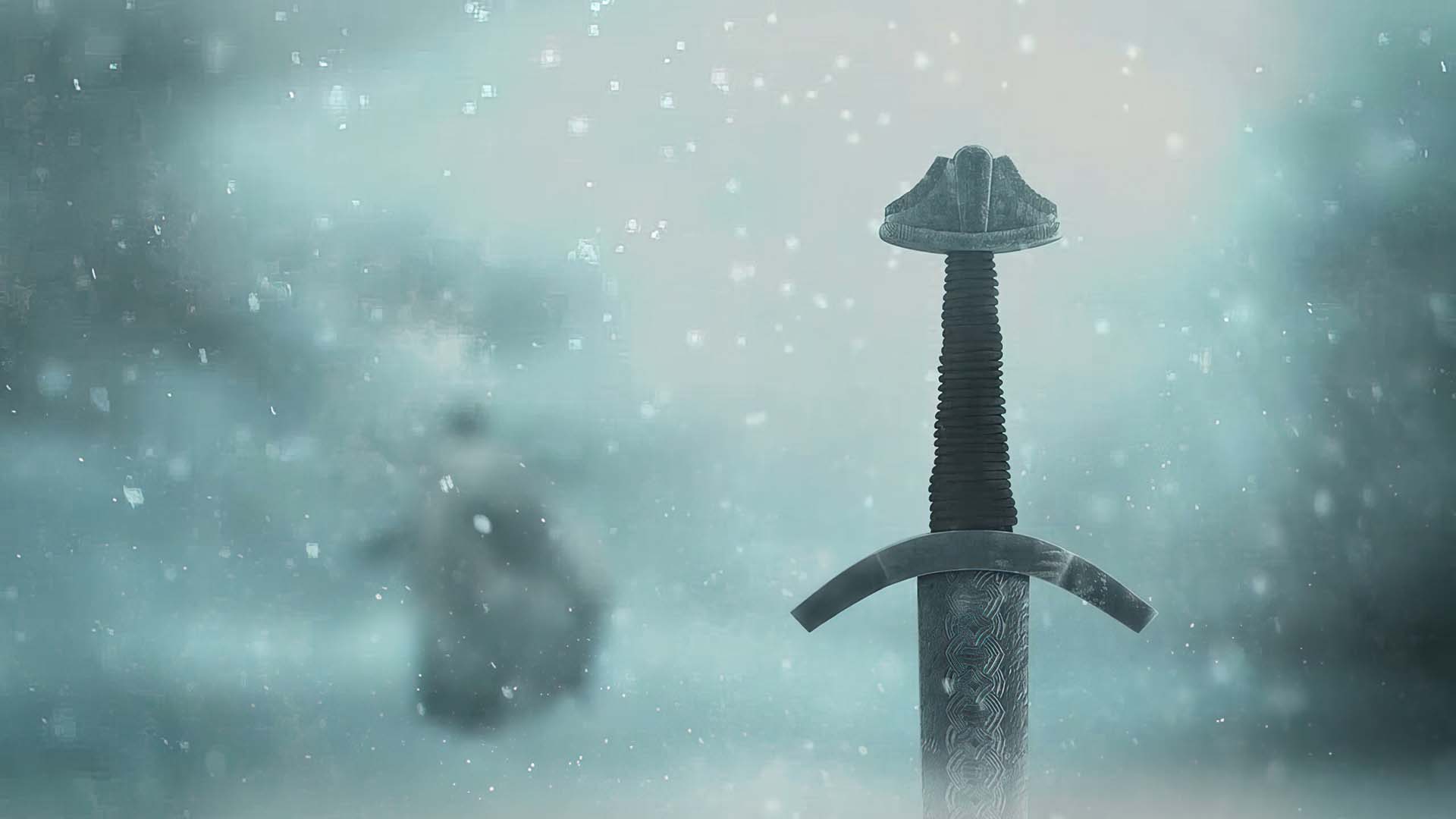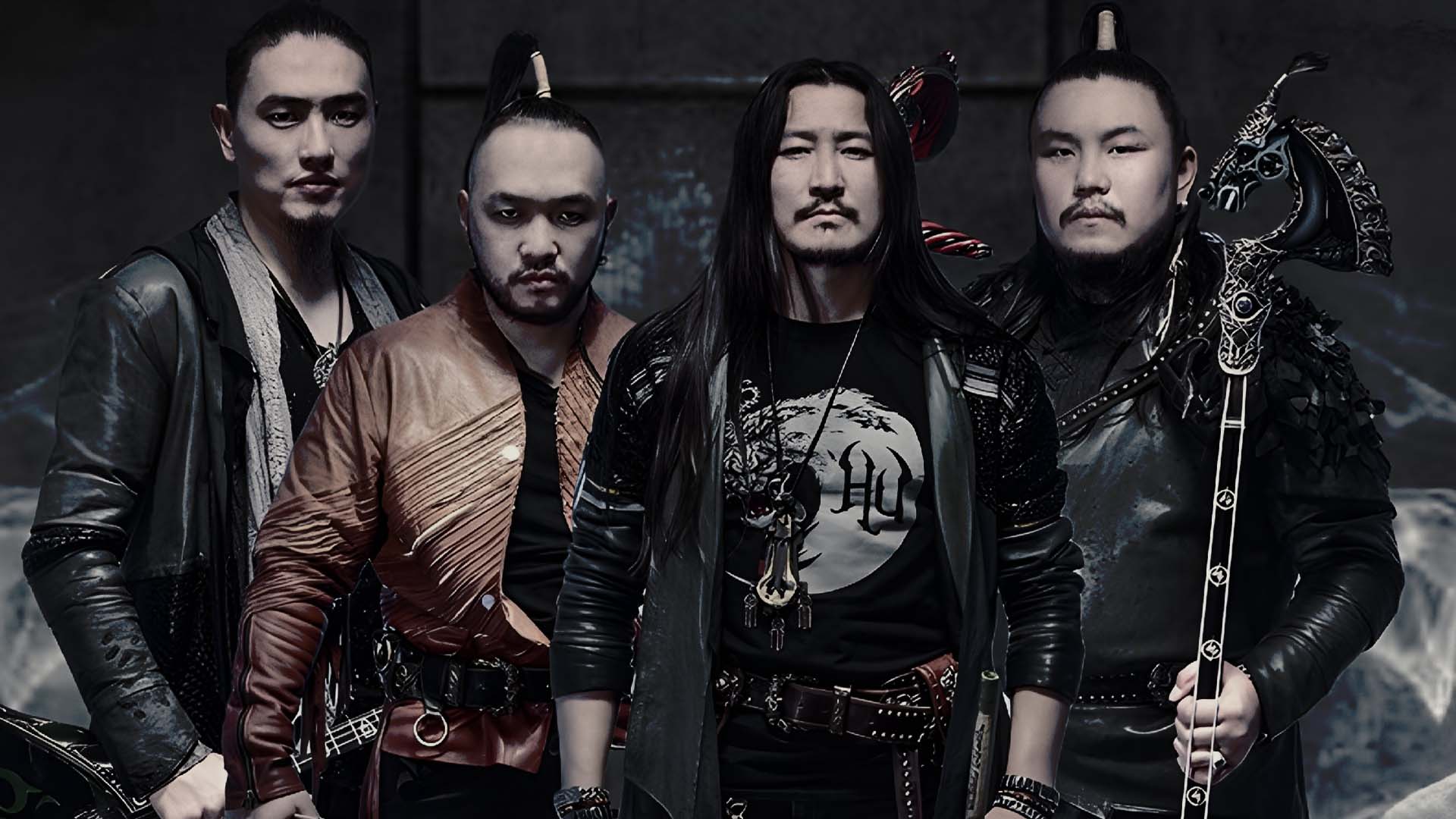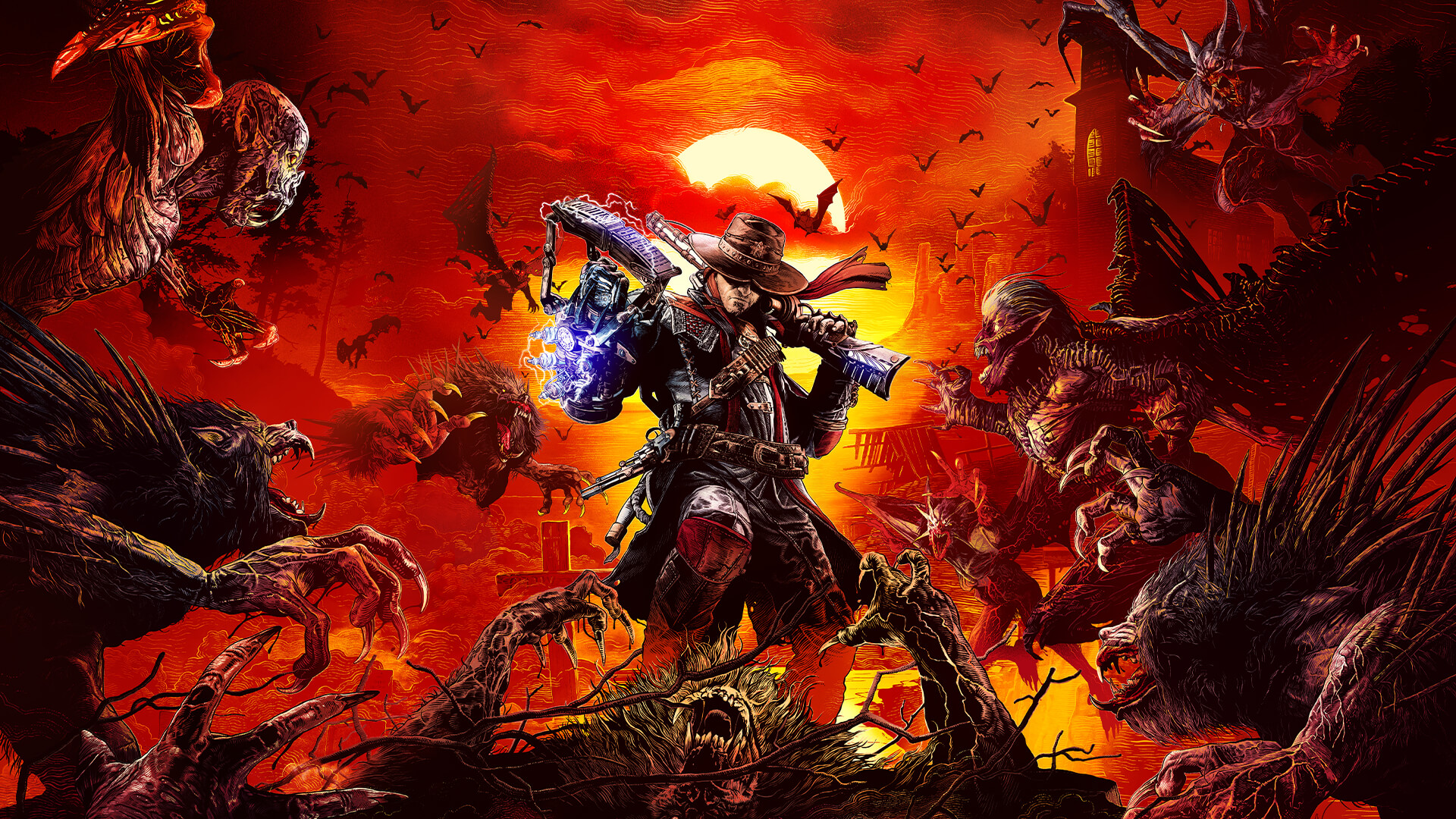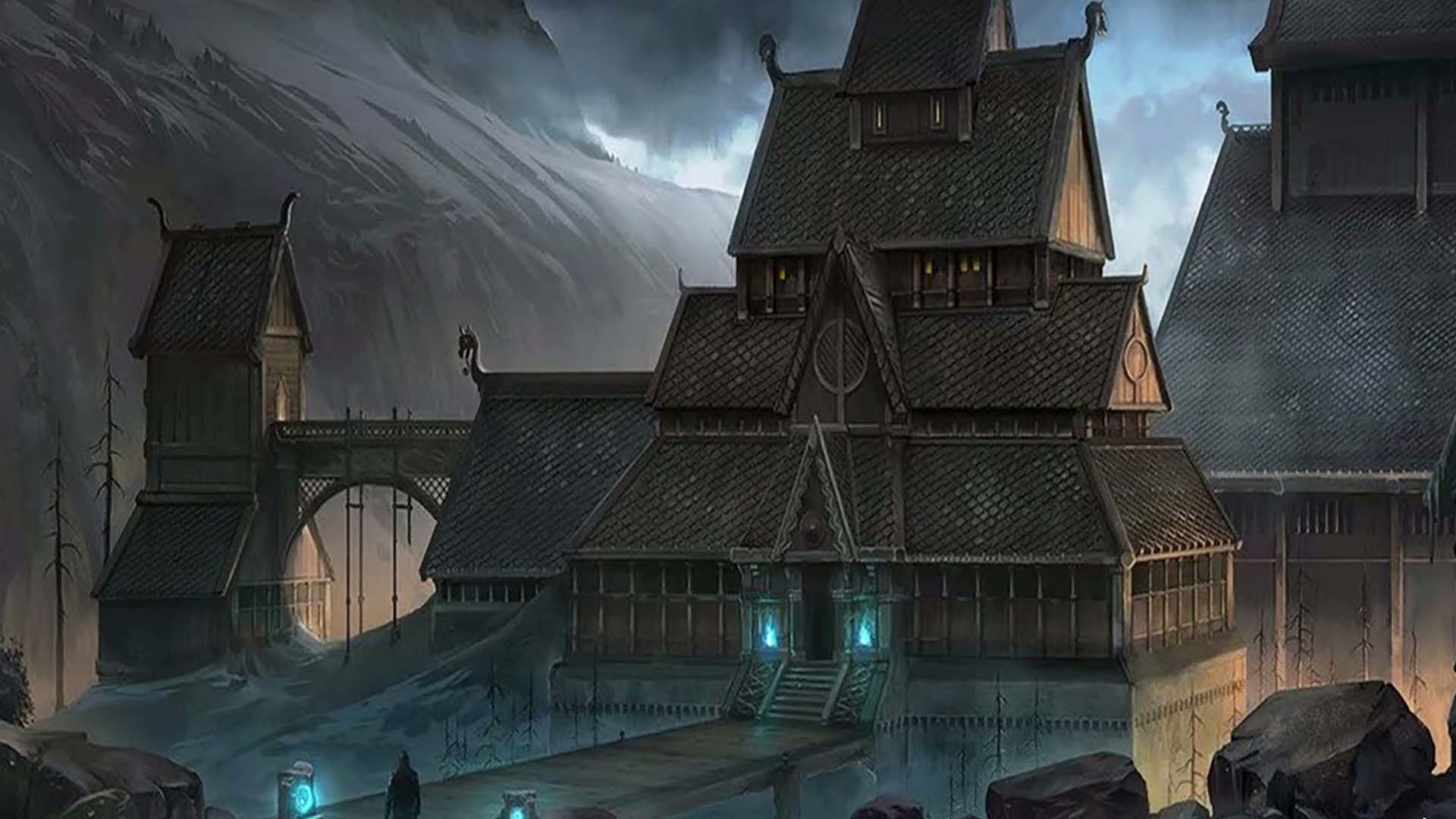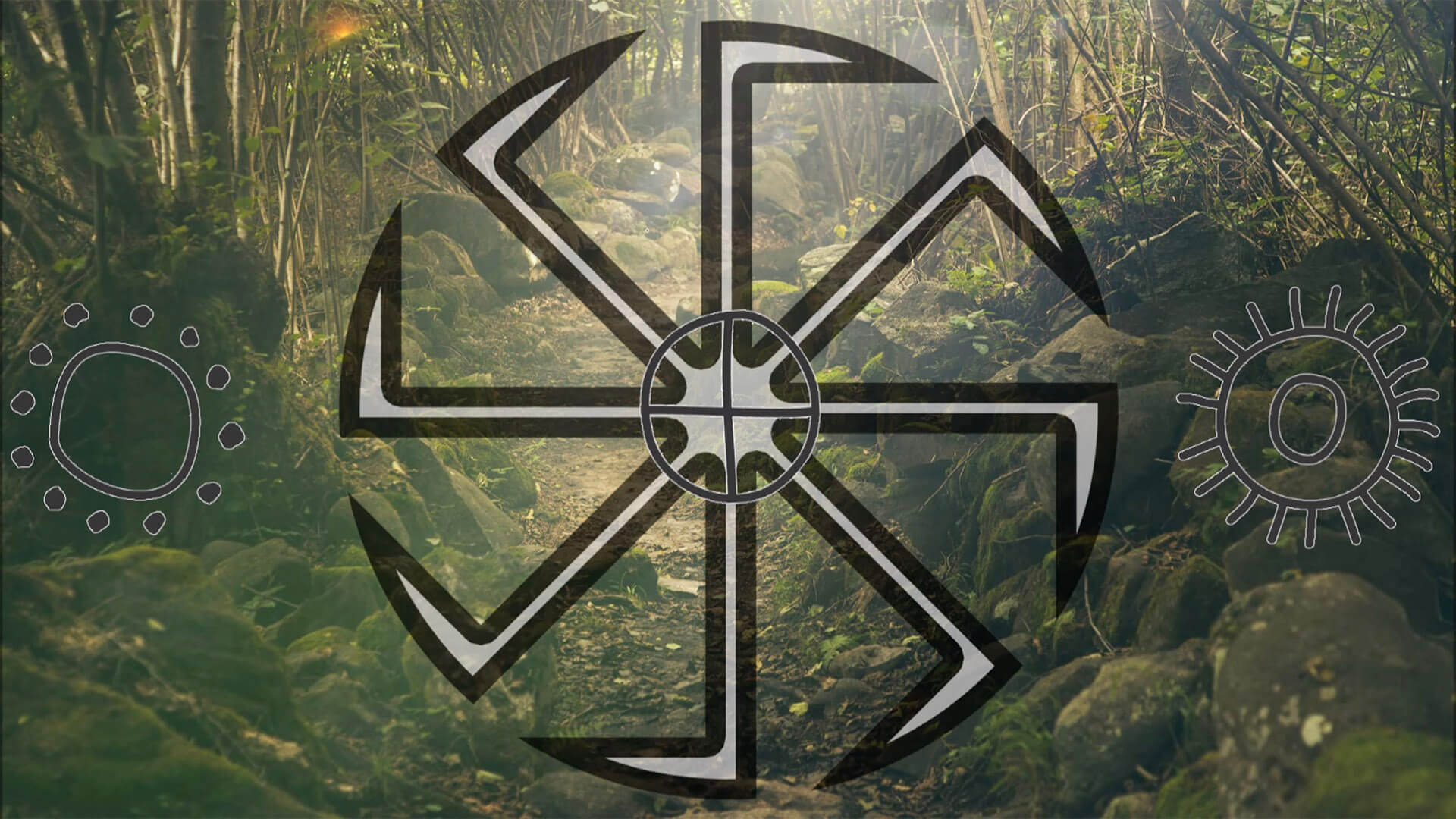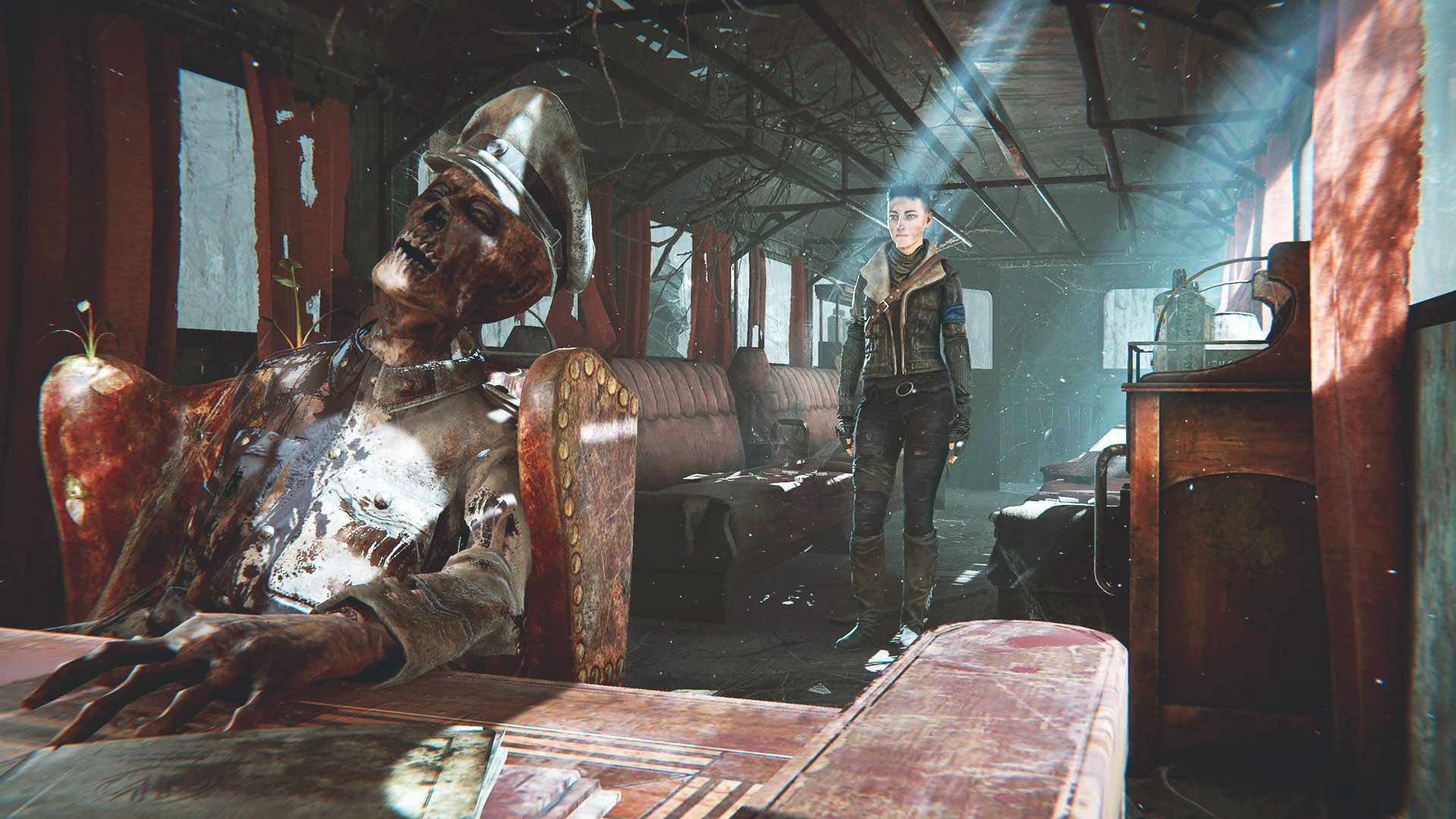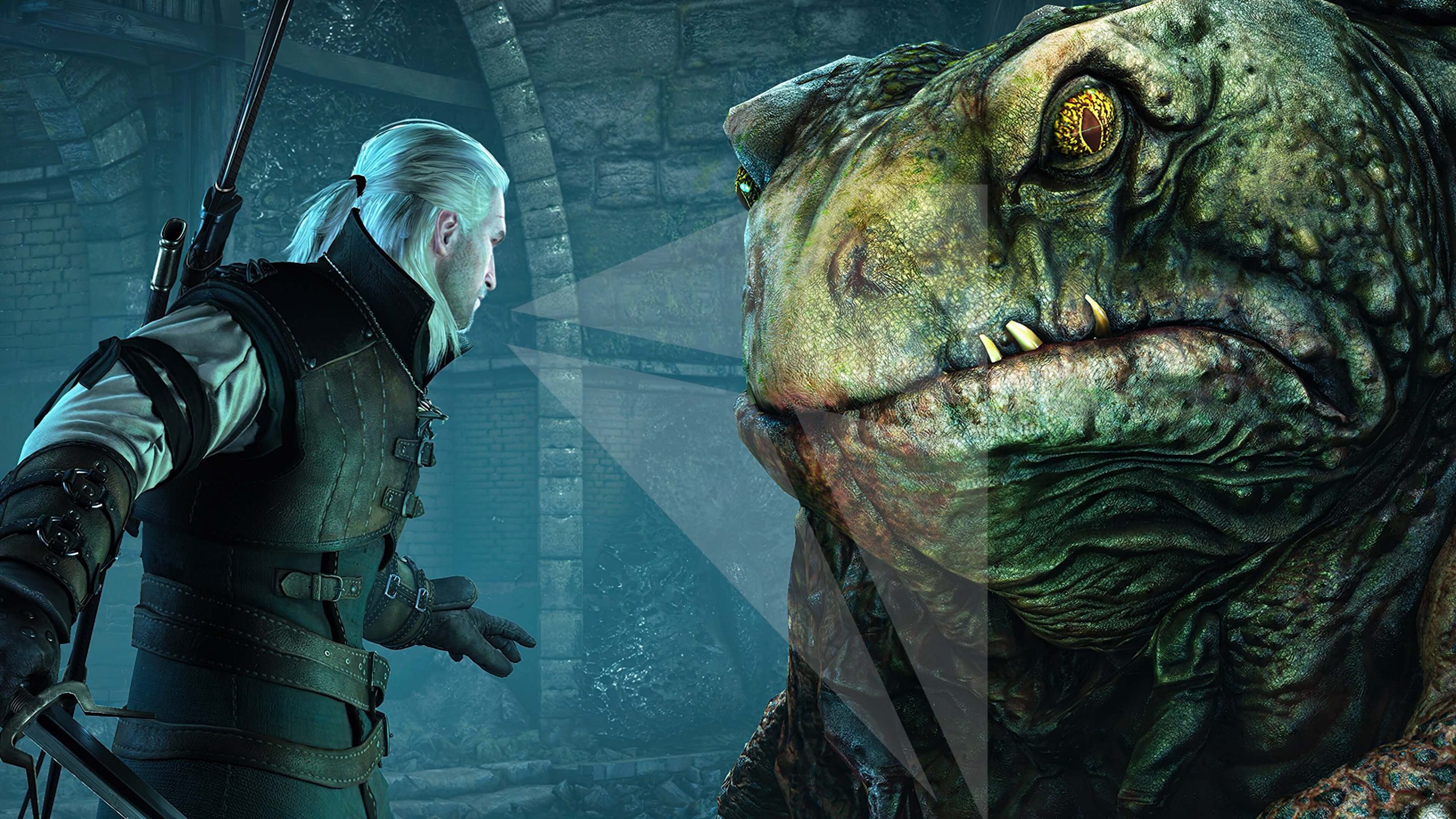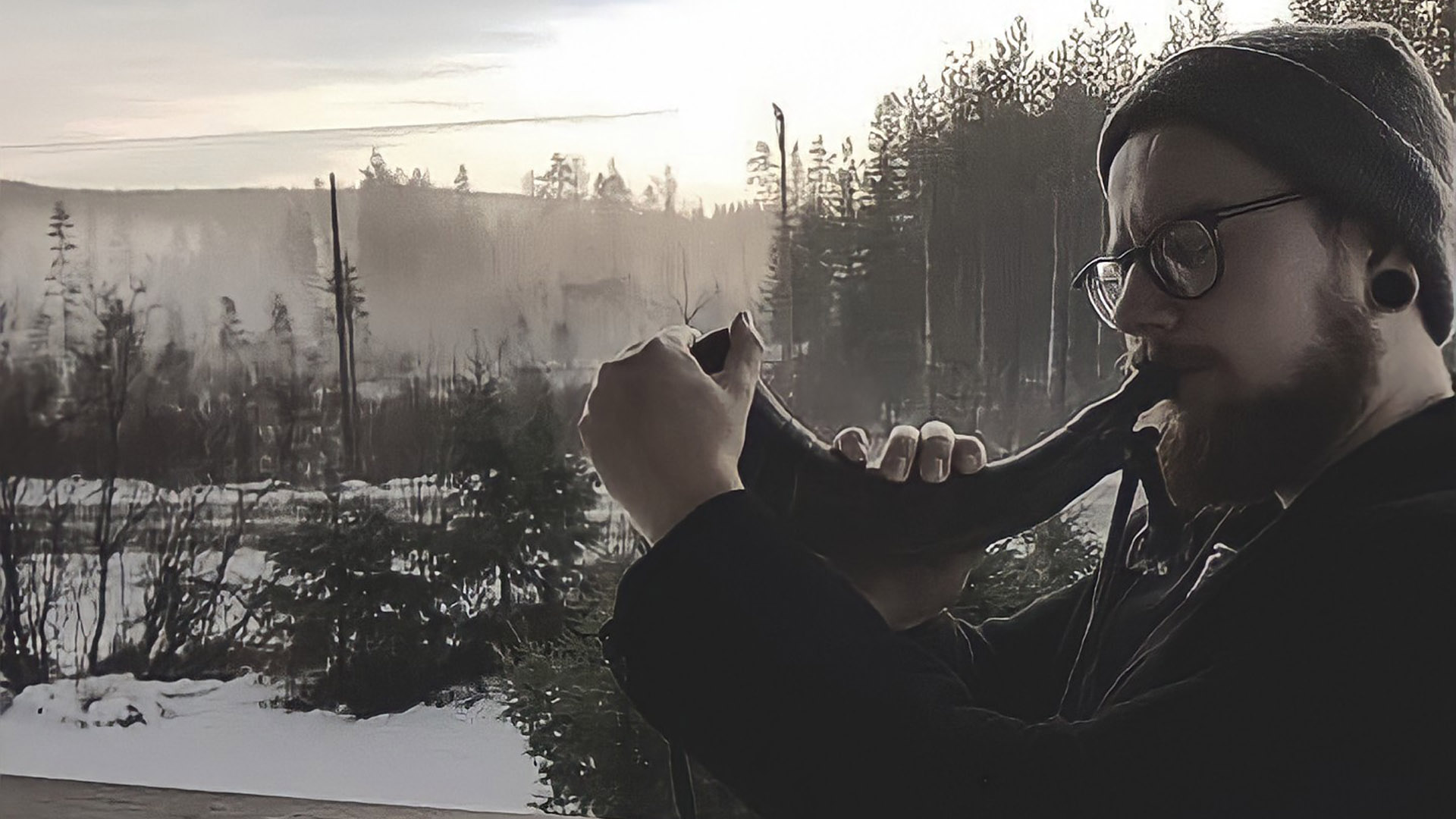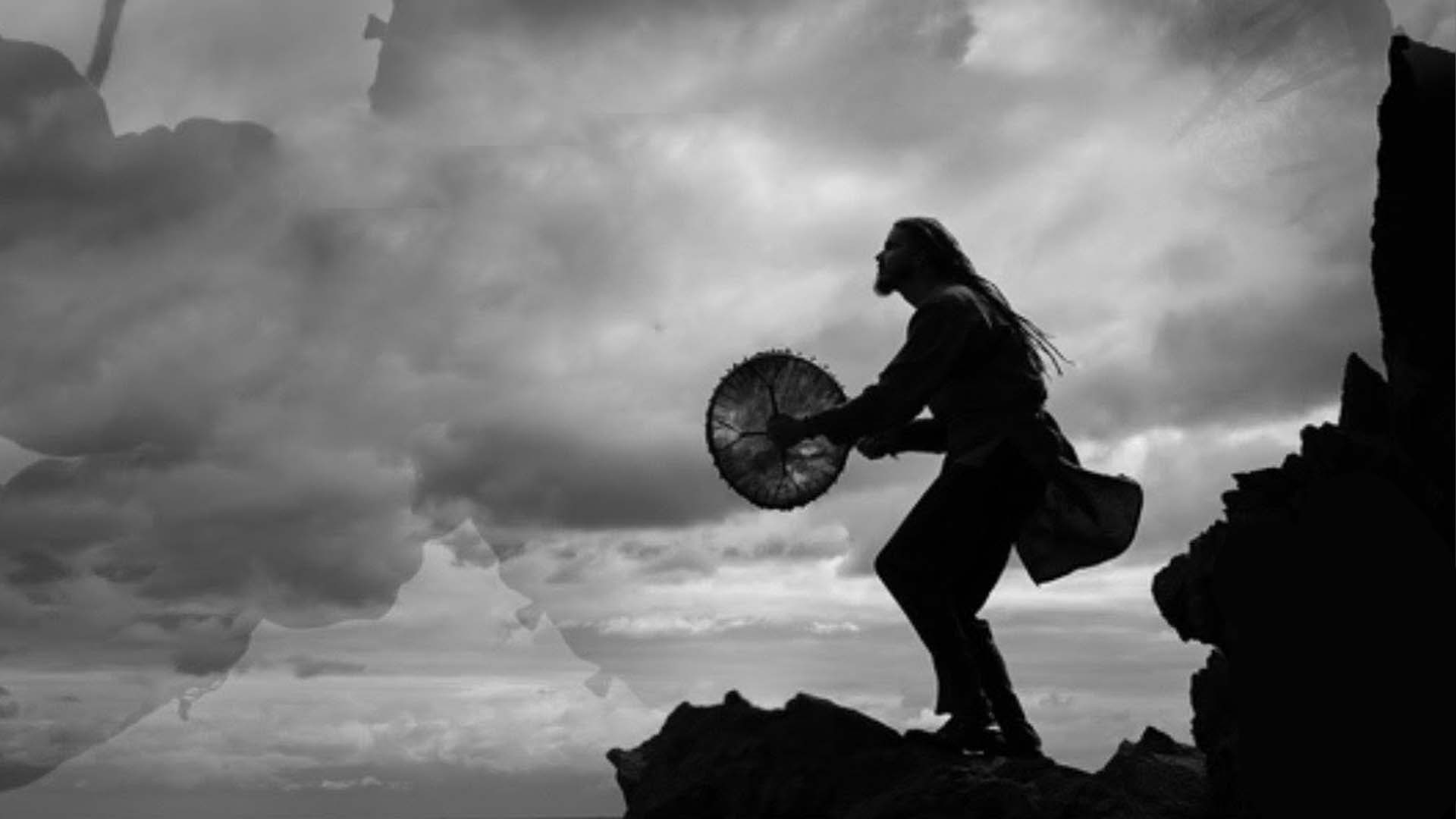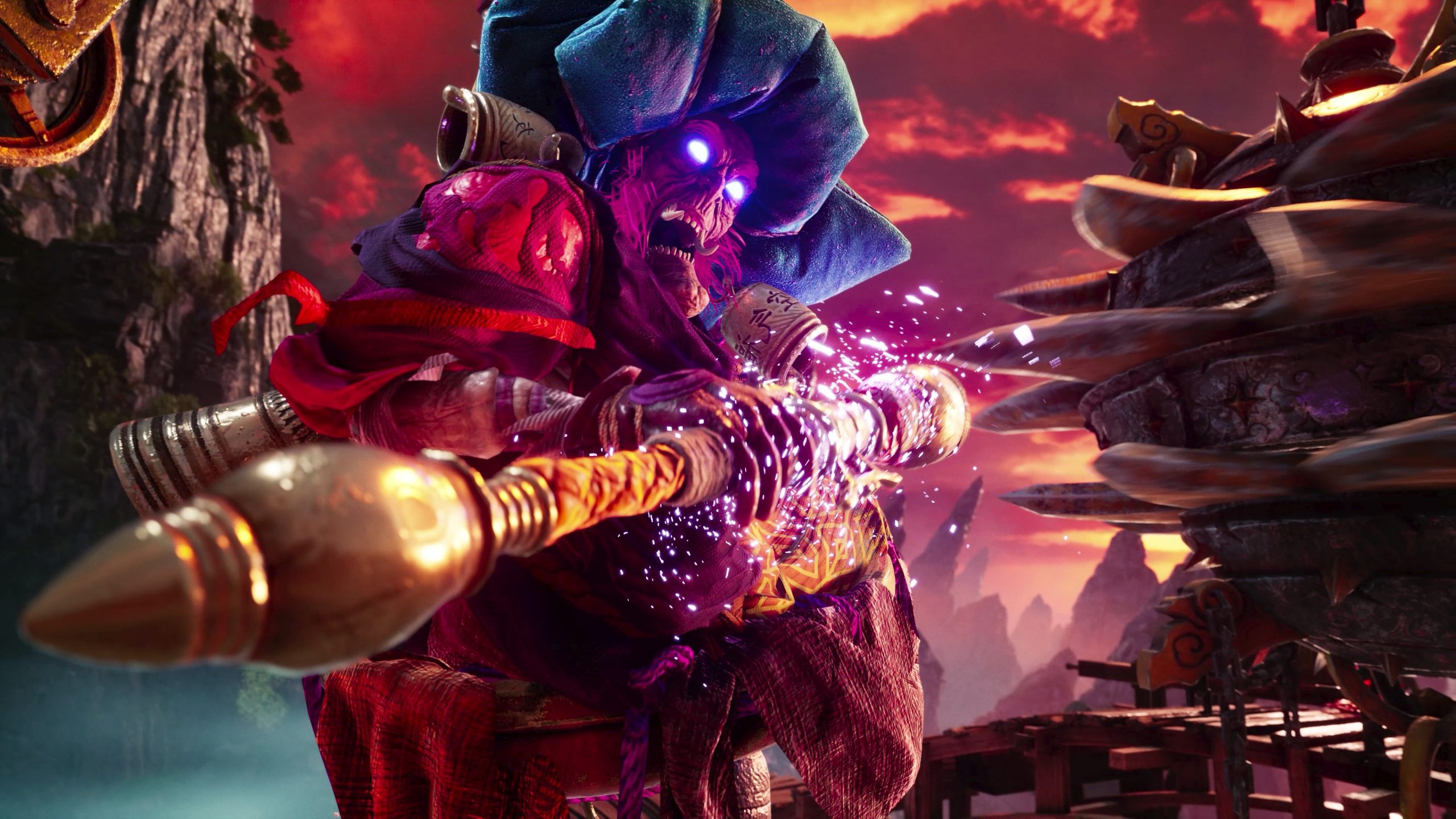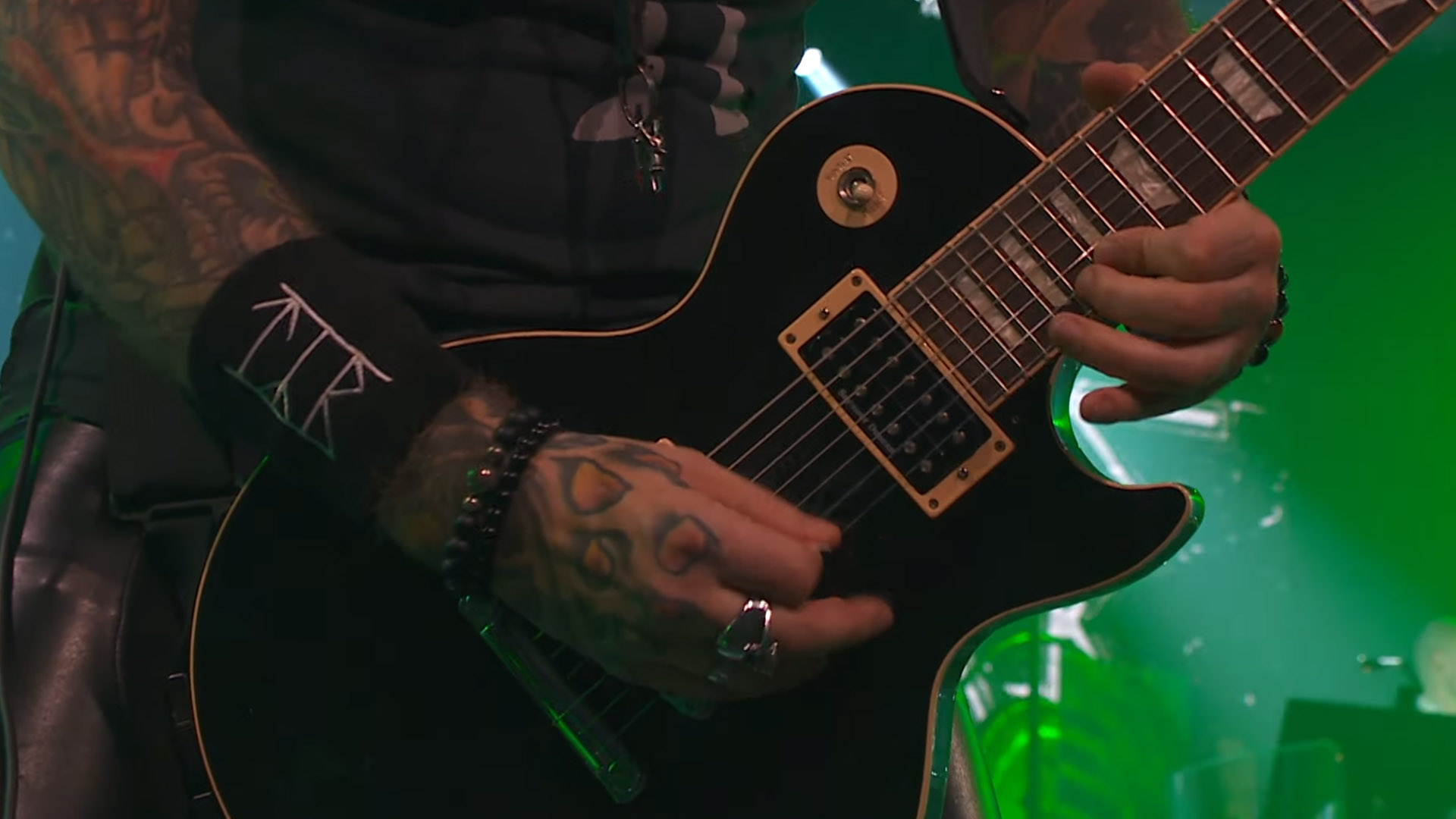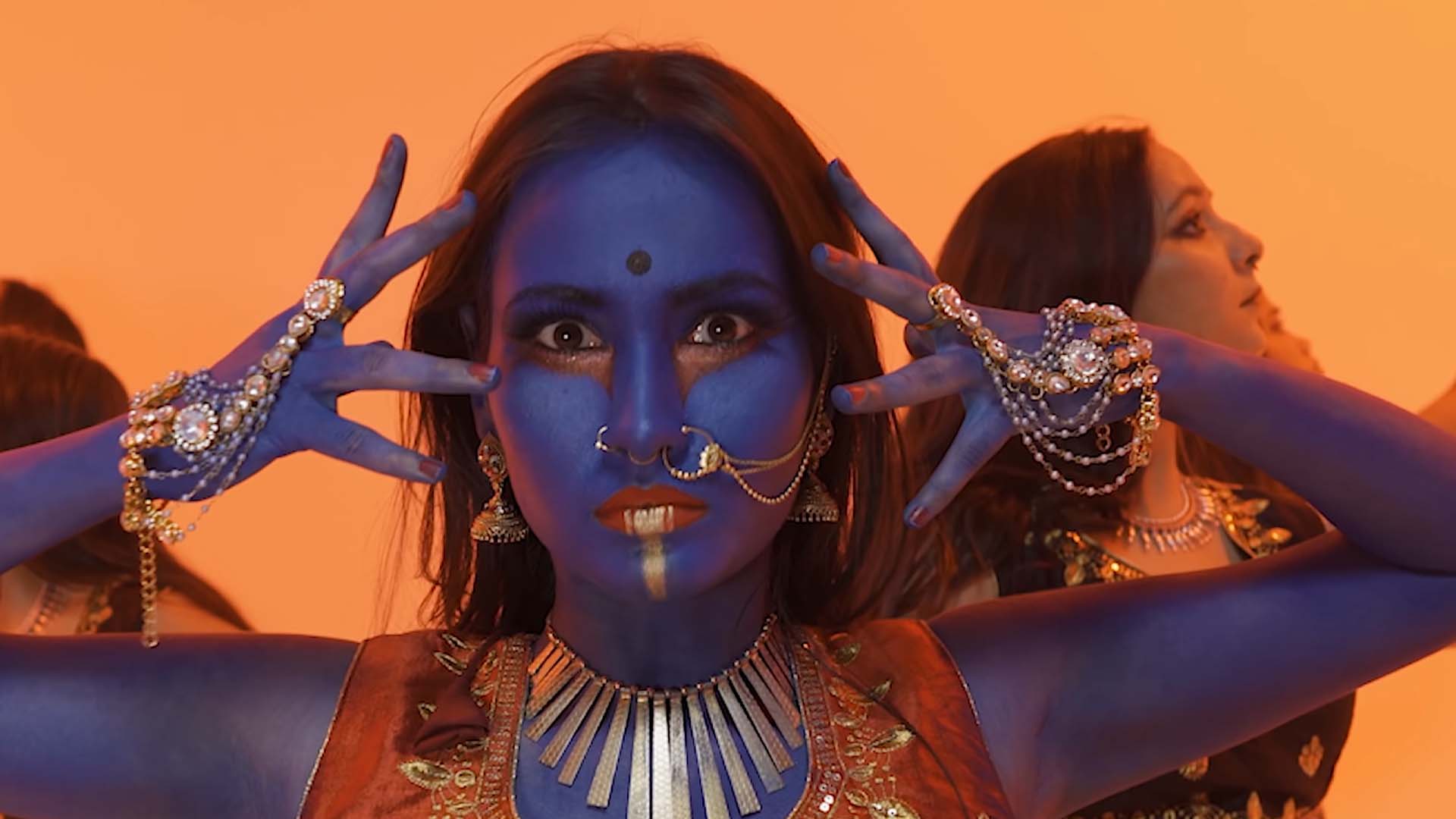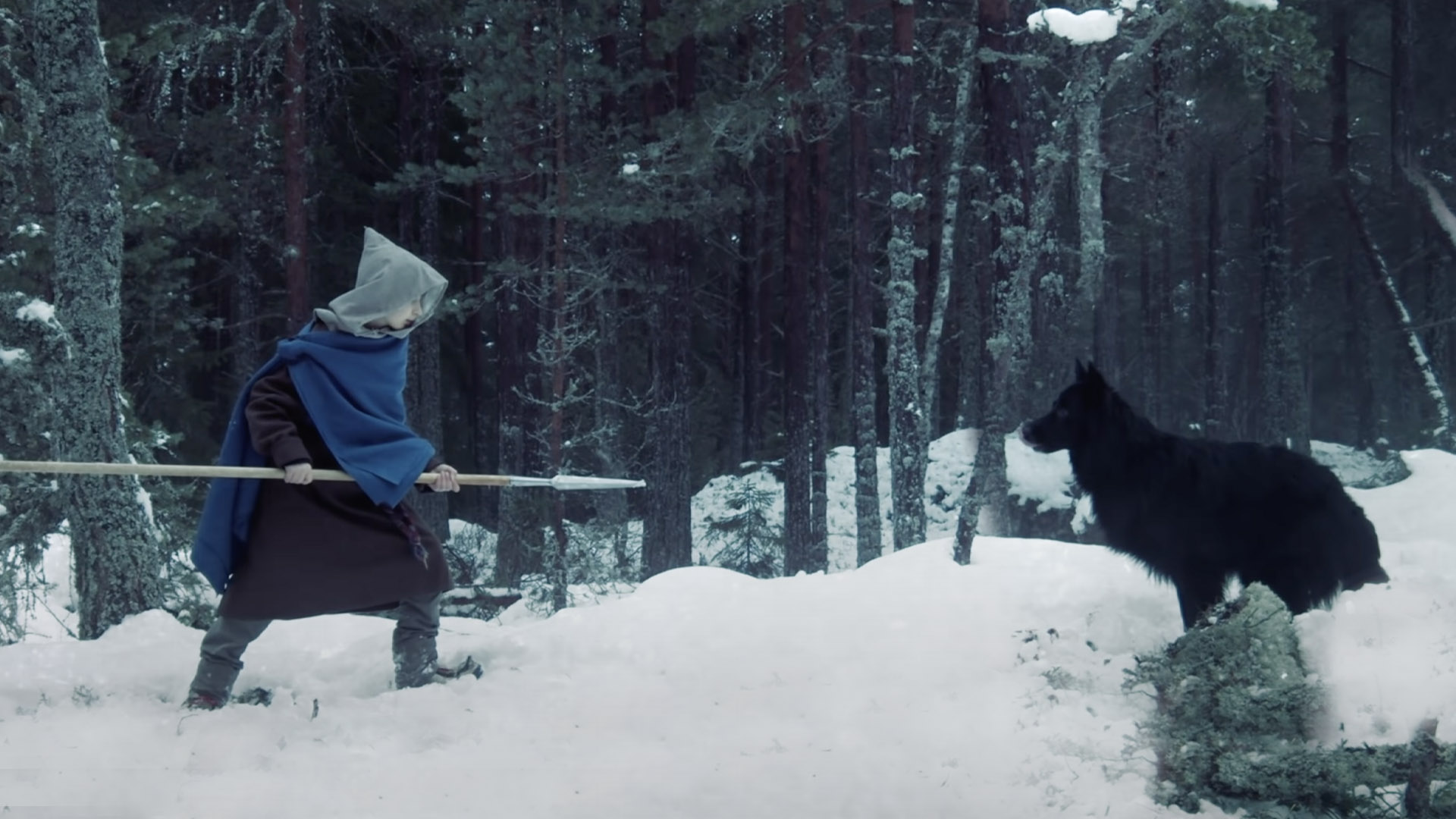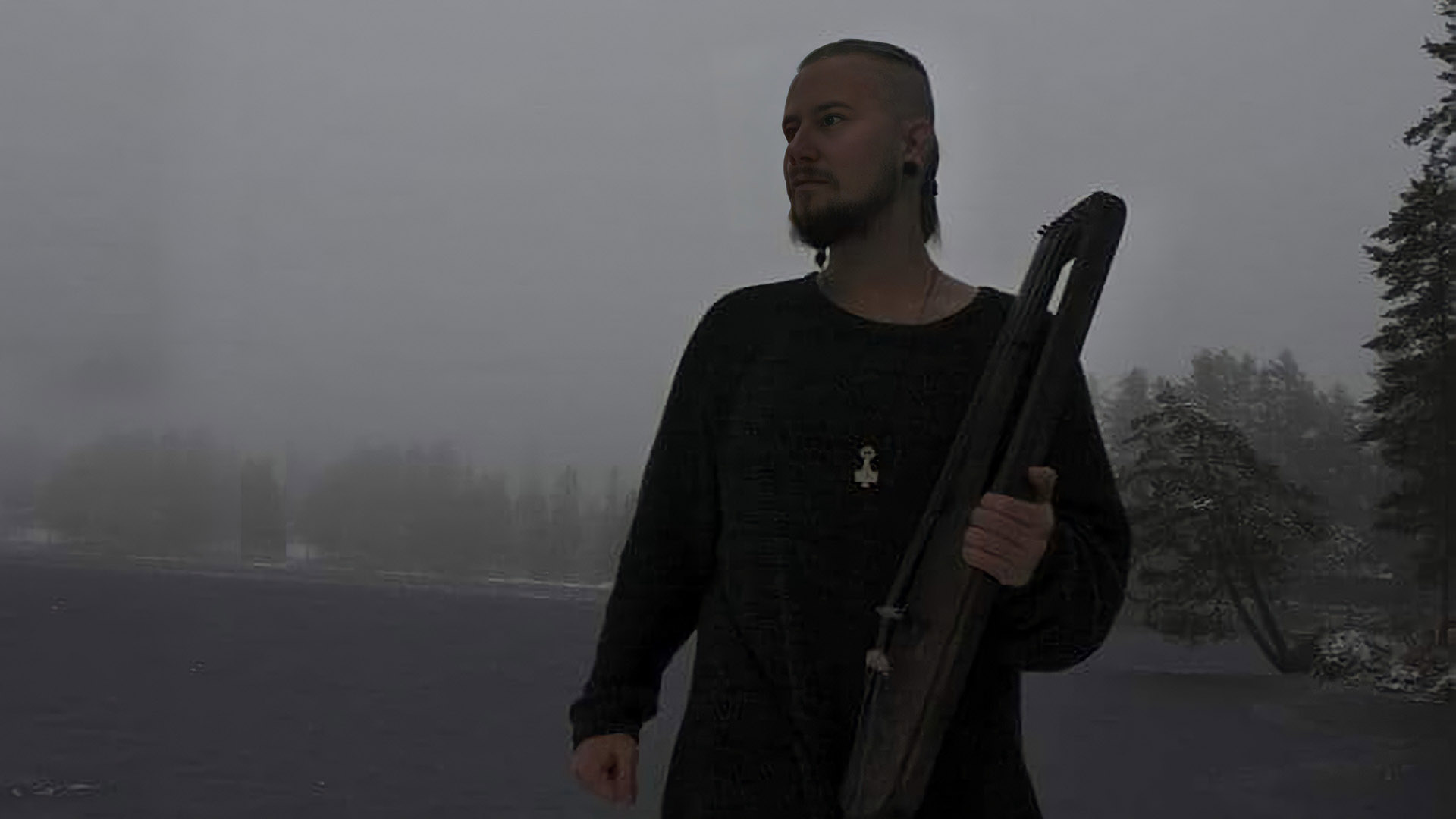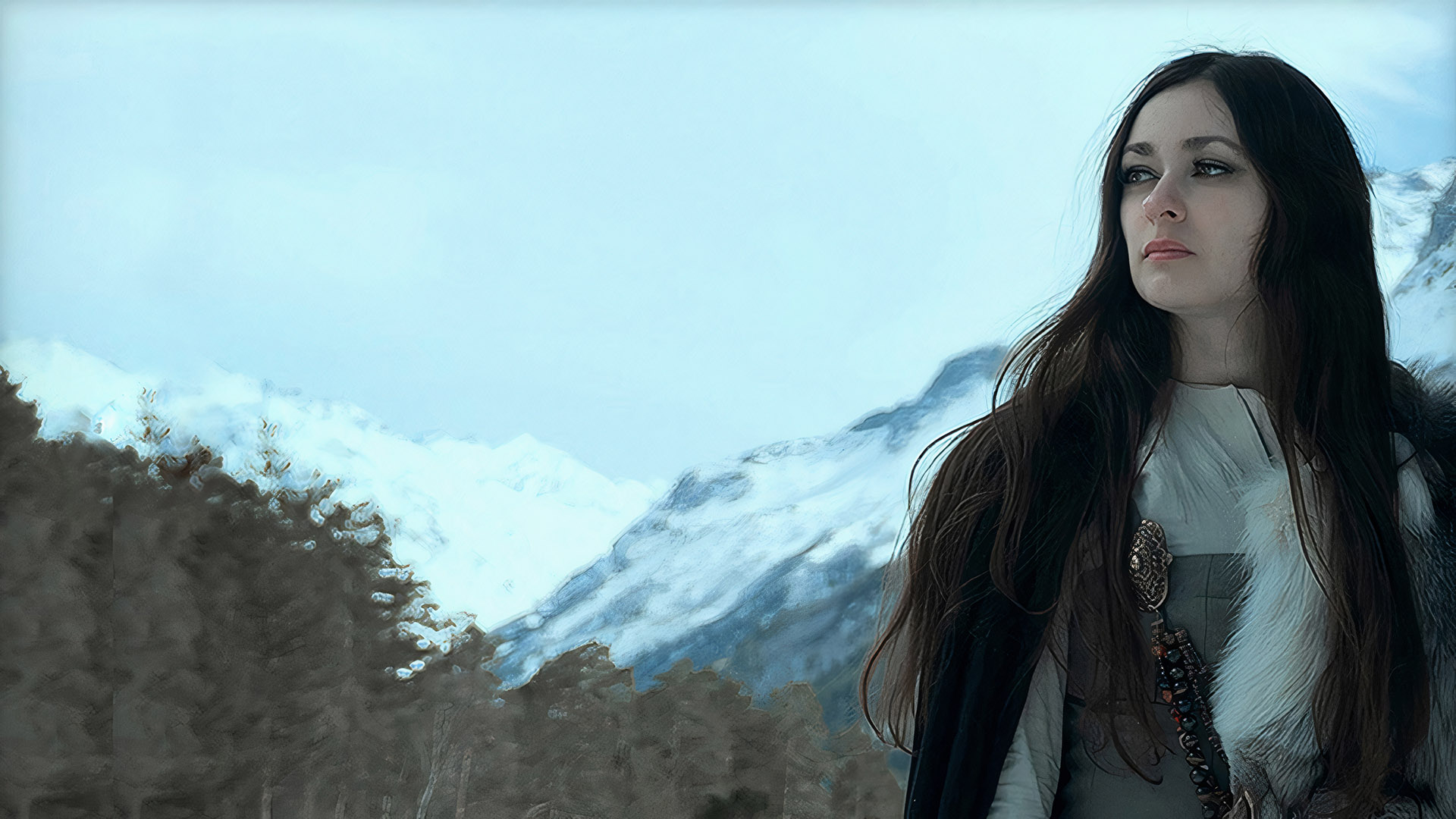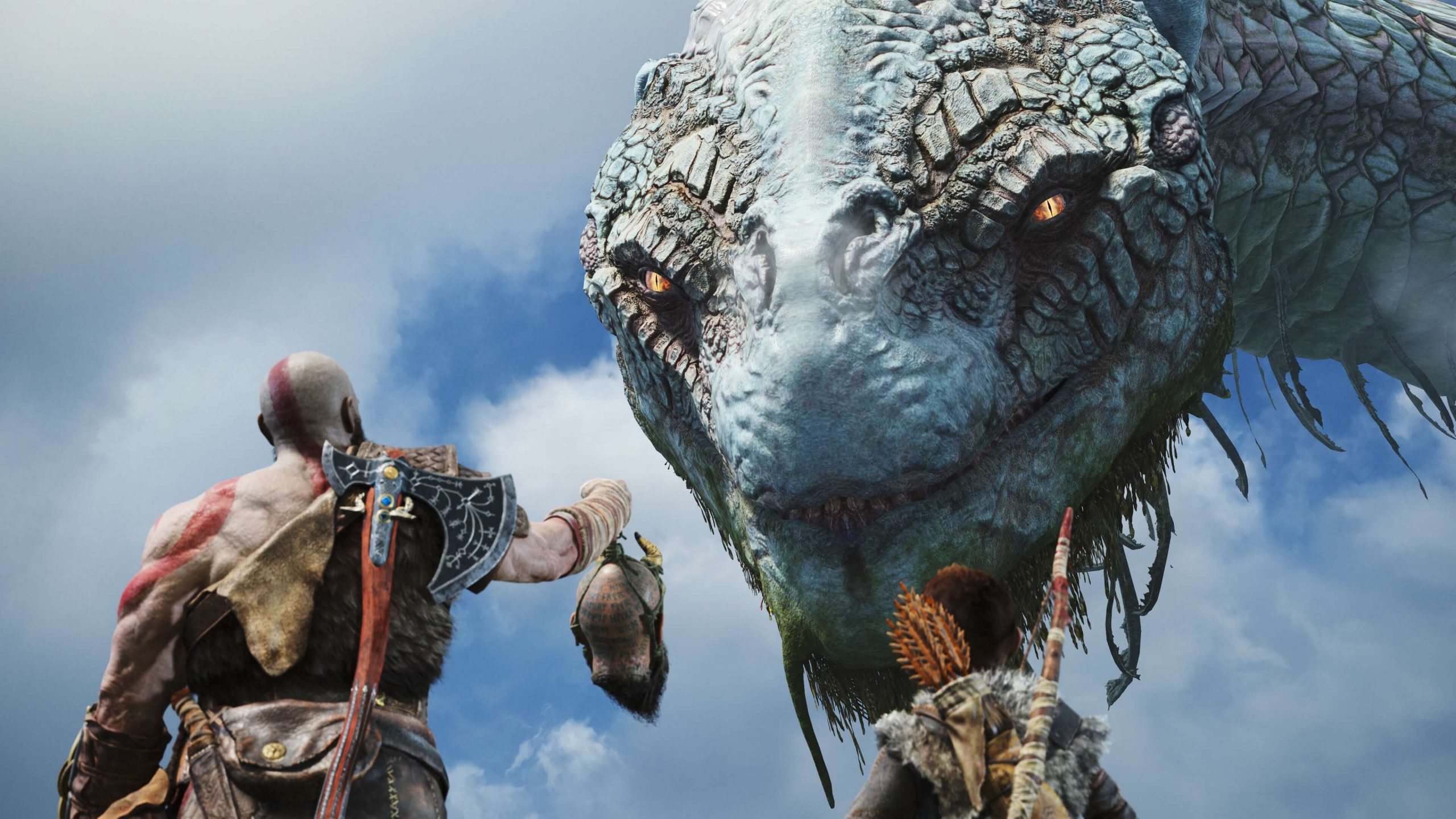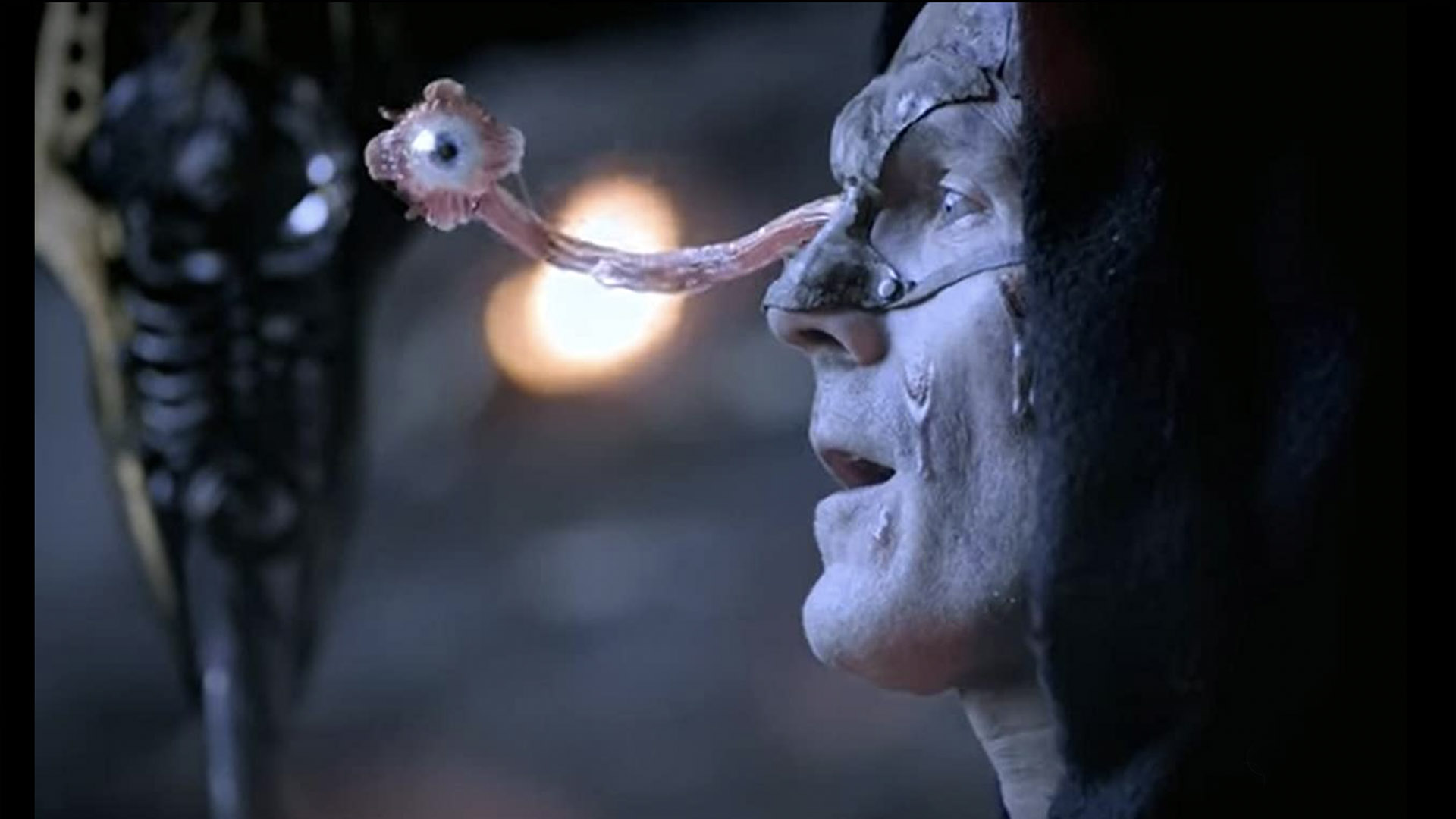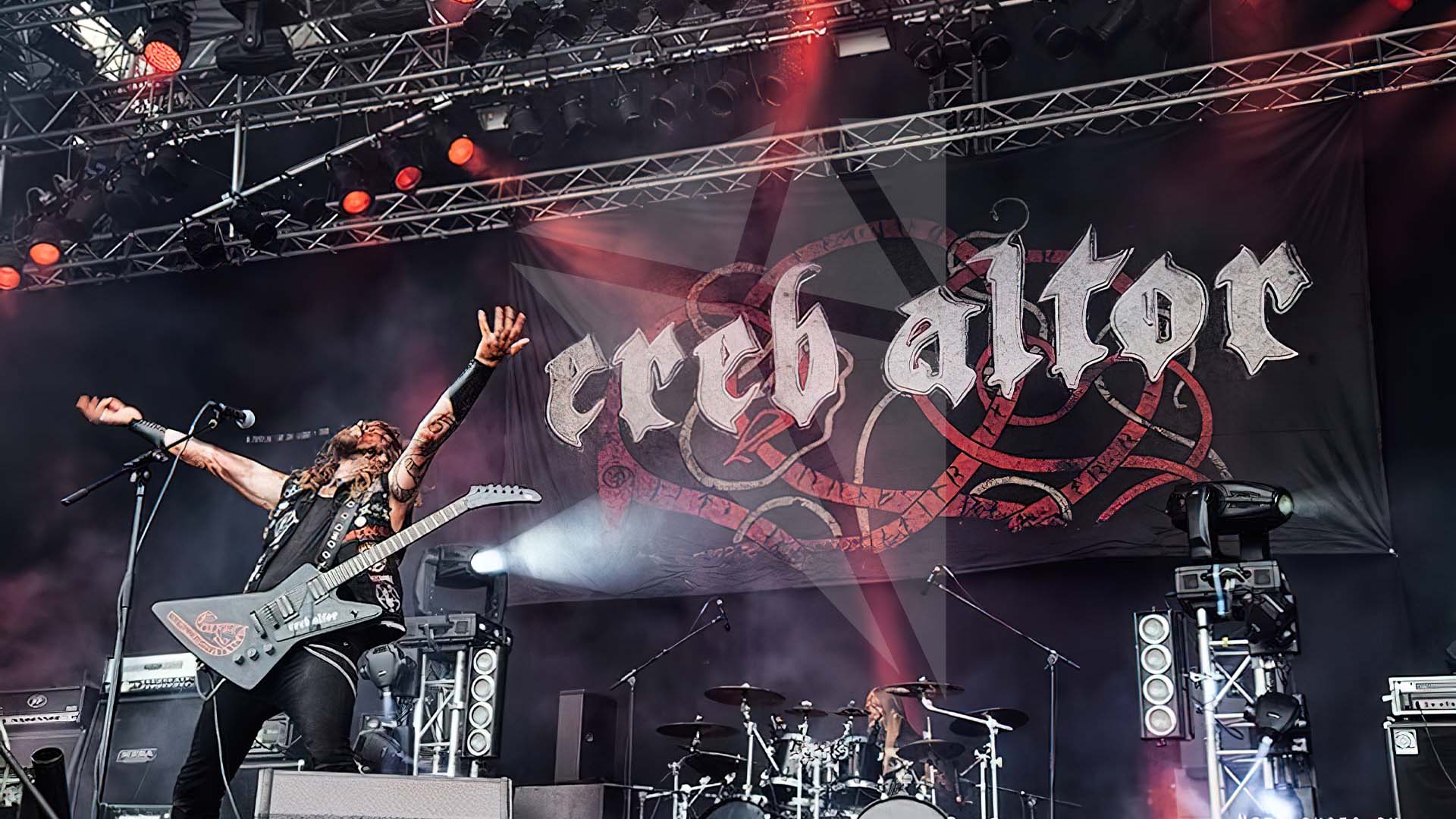March 1, 2021 — When Vikings first aired in 2013 the historical fantasy genre was already well underway with its takeover of popular TV. From The Tudors and Camelot to The Borgias and Spartacus, networks had become invested. Creating big-budget dramas that utilized historical and cultural records to craft compelling viewing. All paled in comparison to the behemoth Vikings would become.
Distributed by MGM Television (later in partnership with Amazon Prime), and created by the History Channel and Michael Hirst, the show’s breakout success spread far beyond the fleet of imitators it would inspire (including an upcoming sequel, Vikings: Valhalla), rekindling a fascination with a Nordic culture that hadn’t been seen since The Lord of The Rings.
Part-fantasy, part-historical epic, Vikings drew a nebulous line between reality and mythology that created a tangible sense of wonder. From the thrashing of Thor’s lightning to the blinding lights of the Holy Spirit. One of the show’s most genius elements was its ability to allude to the tangibility of religious spirits and deities. Whilst (by and large) making sure they never actually appeared on-screen. This level of plausible deniability also underpinned how expertly the show portrayed the fickle nature of faith and belief. A running theme that served as a strong thematic underbelly throughout.
From the fury of the Northmen deliver us, O Lord
Lofty as these themes were, it was ultimately a story of the struggles of humanity. For much of its run, the show focused on Ragnar Lothbrok (Travis Fimmel). A semi-mythological figure in the Icelandic sagas. Who is said to have led daring raids against the kingdoms of Anglo-Saxon Britain, the Picts of Scotland, and even the Holy Roman Empire in France. Introduced as a simple — although highly perceptive and intelligent — farmer, the show focused less on Ragnar’s status as a warrior hero. Choosing to portray more of his life and relationships with adversary and ally alike. Even as the schemes grew ever-grander.
“One of the show’s most genius elements was its ability to allude to the tangibility of religious spirits and deities. Whilst (by and large) making sure they never actually appeared on-screen.”
And grow, it did. With each season the world of Vikings grew both literally and figuratively. Summarily introducing bigger battles to be fought and more ingenious plots to foil (or hatch!). Including a greater supply of unique, nuanced supporting characters. With death an ever-present specter and few protected by plot armor, there was a genuine thrill (and frustration) to watching how characters would maneuver through the world around them. Such as worrying if certain plot threads would be completed or cut short. Ragnar’s death in Season 4 of the show made this dynamic even more prevalent. As stories, motivations, and ambitions became ever more intertwined. The series’ already murky moral code now cast aside entirely so that anyone could play hero, villain, or both.
By the time the show’s final season rolled around, however, elements of fatigue had crept in. Largely superfluous storylines in Iceland the previous season had ground the show’s pacing to a near-total halt. Whereby sudden character death became an over-reliant method of resolving plot threads without constructing any satisfying narrative arcs. Most controversial however was the return of Rollo (Clive Standen). Whose appearance barely made any impact on the overall narrative.
Even with the bombshell announcement that he — and not his brother Ragnar — was father to Bjorn Ironside (Alexander Ludwig). With no subsequent impact on Bjorn’s characterization nor his legitimacy as a potential ruler of Kattegat, the revelation felt like a needless plot twist in a show that had previously never needed them (on a side note, Kattegat is a real, triangular area that includes the coasts and sea between what is today western Sweden and north-eastern Denmark. The name Kattegat remains in use to this day although its etymological origin is unclear.)
The knowledge that Season 6 would be its last seemed to infuse Vikings with fresh purpose, however. The introduction of Danila Kozlovsky as Prince Oleg gave the show one of its finest villains. The terse relationship between Oleg and Ivar (Alex Høgh Andersen) returning much-needed intrigue into the show. Whilst his friendship with Prince Igor (Oran Glynn O’Donovan) went some way to redeeming the character after his brutal actions the previous season.
As far as finales go, Season 6 of Vikings was by no means a perfect success. However, it did give some satisfying closure to the show. Providing some last-minute highlights that could stand with its glory days. Though it faced similar issues to Game of Thrones (most notably in trying to suddenly resolve a large number of plot threads and narrative arcs for an enormous cast), the show didn’t just divert to old tactics. By simply killing characters off to justify ending a particular story.
In turn, this meant the majority of characters were given satisfying conclusions; both the death (and subsequent immortalization) of Bjorn defending Kattegat from the invading Rus’ and the inadvertent murder of Lagertha (Katheryn Winnick) by a delirious Hvitserk (Marco Ilsø) felt appropriately tragic. Fulfilling the prophecies and legends surrounding the characters. While the happy endings for Ubbe (Jordan Patrick Smith), Torvi (Georgia Hirst), and Floki (Gustaf Skarsgård, surely the series most interesting character) lent a note of hopefulness to the finale.
All Roads Lead to the Throne
Not every character was so lucky though. Hvitserk spends the final season stumbling from one story to another. His lack of agency leaving the character ultimately underserved and perfunctory. Similarly, when Queen Gunnhild (Ragga Ragnars) chooses to seemingly drown herself rather than submit to Harald Finehair (Peter Franzén), it feels like a missed opportunity to assert her independence and take charge of Kattegat as the rightful queen. Likewise, almost everything about Harald’s final arc is a missed opportunity. Considering his role as an oft-antagonist, the fact he is dispatched perfunctorily in the penultimate episode feels like a waste of several seasons of machinations. Rather than reaping the consequences of his many, many misdeeds.
But, much as Harald’s many schemes fail to catch up with him, so too do criticisms of the show’s ending affect its overall run. More than deserving of its Emmy award, Vikings expertly crafted a world that felt both real and fantastical. Using a keen eye for detail. In its first two or three seasons, the show is reasonably accurate in terms of historical attire (sans the leathery armor, real Vikings wore linen or chain-mail). Alongside the reproductions of Viking life whilst playing just fast and loose enough with the overall narratives to deliver a pop culture phenomenon. Its ending may not have earned it an instant spot in Valhalla, but Odin knows it fought hard enough across its run to cement Vikings’ status as an epic in its own right.





